Viltrox AF 16mm F1.8 FE Review
Dustin Abbott
May 31st, 2023
Viltrox has been crushing it. The last two lenses from them that I reviewed were designed for APS-C, including the Viltrox AF 13mm F1.4 STM, a lens I considered perhaps their best yet in my review. That was, until the next lens, the Viltrox AF 75mm F1.2 STM for Fuji X-mount, which took Viltrox to a whole other level. The 13mm largely followed the previous Viltrox formula, but with improved performance and better optical glass. The 75mm added all kinds of features, including weather sealing and improved physical controls while also delivering perhaps the finest optical performance I’ve seen from a short telephoto lens designed for APS-C. My excitement for Viltrox lenses has definitely increased…and their latest has only fueled that enthusiasm. They have returned to the full frame space, and their newest lens is a premium wide angle prime that delivers in every way. The Sony E-mount Viltrox AF 16mm F1.8 delivers features and performance that feels much like a Sony G Master lens.
Viltrox has added a host of features to the new 16mm, including weather sealing, the option to declick the aperture, two custom function buttons (more on that later), and, in a feature not seen since the Zeiss Batis series, an LCD screen on the lens that serves a variety of purposes.
But the lens does not just impress on a feature level. This is a very wide angle lens (105.6° angle of view) that also happens to have a larger than average maximum aperture of F1.8 – that’s 1 1/3rd stop faster than the typical F2.8 zoom that covers this focal length. It manages to do this while retaining a moderate size (103mm in length) and weight (550g) while delivering an exceptional optical performance.
The Viltrox 16mm does not carry their new “Pro” badge, but frankly it feels like it should. This is a professional grade lens in both features and performance and will easily be perceived as being a very strong value. The MSRP as it comes to market is $549 USD (though if you buy it from the Viltrox store and use code DUSTINABBOTT you can get 8% any Viltrox product, including this lens), which makes this lens an absolute bargain. We’ll break down the strengths and weaknesses in this review, though I’ll warn you that there are far more of the former than the latter. If you prefer to watch your reviews, you can check out my definitive video review…or just keep reading.
Follow Me @ YouTube | Patreon | Instagram | Facebook | DA Merchandise | Flickr | 500px
Thanks to Viltrox for sending me an evaluation copy of the 16mm F1.8. As always, this is a completely independent review. *The tests and most of the photos that I share as a part of my review cycle have been done with the Sony a7IV along with the Sony Alpha 1 which will serve as my benchmark camera for the foreseeable future (my review here).
Viltrox 16mm F1.8 Build and Handling
It is almost scary how quickly Viltrox has progressed as a lens maker. As noted in the intro, Viltrox is really leveling up in terms of lens design, and that shows up here in the design and features of the AF 16mm F1.8. Viltrox lenses have always felt a little more premium than their price points suggests, but this is the first of their full frame lenses that really checks all of the boxes of what we expect from a premium lens. In many ways the Viltrox 16mm looks a lot like a G Master lens, with similar features and red badging.
It is 85.2mm/3.35″ in diameter and is 101mm/4.05″ in length. It weighs 550g or 19.4oz. What is very welcome is that the front element is flat, not bulbous, so one can use common 77mm filters on the front threads. This isn’t a small lens, but the size and weight are reasonable for the focal length and aperture combination. It is slightly larger and heavier than the Sony FE 14mm F1.8 GM (my review here), though that lens stood out as being exceptionally small. It is definitely smaller and the lighter than the Sony 16-35mm F2.8 GM zoom. I found that the size and weight balanced just fine on either of my full frame Sony bodies. The lens is slightly larger than the Tamron 17-28mm F2.8 zoom that I own, but the lenses are roughly the same size.
For me, personally, the performance of the lens makes the weight well worth it.
As noted in the intro, there are some fundamental design changes to the Viltrox 16mm even if the basic design language is similar to recent Viltrox releases. While other full frame Viltrox lenses have come with aperture rings, this is the first to have the option to declick the aperture. That switch is located on the right side of the lens underneath a stylish new Viltrox badge. In “clicked” mode the aperture has predefined detents in one-third aperture progressions with an “A’ position past F22 that will allow you to instead control aperture from within camera if you aren’t an aperture ring person, but when you turn the clicks off you can smoothly move through the whole aperture range without defined slots. This allows for smooth video aperture racking and has become an expected pro-grade feature on modern lenses.
On the left side of the lens we have an AF/MF switch for the first time on a full frame Viltrox lens, a feature that I always personally welcome as I think it is most the logical way to control that function.
Beneath that is a brand new feature for Viltrox – dual FN (function) buttons. The top one functions like the typical “Focus Hold” button on Sony cameras, which will perform whatever function you have that button programmed to in camera (my current default is to switch between the different Eye AF options). The second button is going to be used more commonly for video functions, however, as when in manual focus mode it allows you to preset two focus positions and automatically switch between the two at the press of the button. This works in conjunction with the LCD screen on the top of the lens (more on that in a moment). You can preset the focus position by long pressing the FN 2 button, and then access the focus changes by short pressing it. I love having these two buttons, though I will add one minor criticism – the feel of the buttons isn’t great. They are a little vague and rubbery, and I find myself pushing them harder than what I would prefer. It’s a minor critique, however, as they work fine and add a lot of functionality to the lens.
Now to that LCD screen. The LCD functions in many ways like those found on the Zeiss Batis lenses, though with some improvements. The screen itself is nice and bright, allowing for good visibility even in bright conditions. It solves the problem of a distance scale (something missing on most mirrorless lenses), as it gives you a large font telling you the precise focus distance along with a distance scale above that. The bottom part of the screen gives you a readout of the current aperture, which is more useful if you are electing to not use the manual aperture ring and are controlling aperture from within the camera. It also gives you some information related to the function buttons however, with the Fn icon lighting up when the first Function Button is depressed, and then the A function lights up when you are presetting focus distances. There is a small green arrow that shows the current focus distance, and then you can preset the two desired focus distances which will be marked with a small orange arrow over the top of the both of them. There’s actually a lot of useful information on the LCD screen once you get familiar with how it is all being displayed.
The manual focus ring is made of metal with tight ribbing. It moves smoothly and with nice damping with roughly 210° of rotation. It does quite a good job of imitating true manual focus for a “focus-by-wire” lens.
We also have weather sealing on this lens that starts with a unique maroon-colored gasket at the lens mount along with other seal points through the lens.
This is an internally focusing lens, so there is nothing that moves where dust might intrude. There’s also an HD-Nano multilayer coating on the front element to help with water and fingerprint resistance, making the front element easier to clean. As always, however, “moisture-proof” does not mean “water-proof”, so don’t go crazy!
Viltrox continues with a trend that other lens makers are now imitating by including a USB-C port in the lens mount that allows you to do firmware updates right to the lens. I’m a fan of this approach, as it eliminates the need for a separate dock or lens station for firmware updates, and I find the process a little more intuitive than even doing firmware updates through the camera. This allows Viltrox to future proof their lenses and continue to improve them through firmware.
There is no image stabilization, so I relied on the IBIS in my Sony bodies. This worked just fine on a wide angle lens like this either for stills or video work.
There are nine rounded aperture blades inside, and the aperture iris stays reasonably round as the lens is stopped down, though this is hard to test on a lens with a very wide angle of view and a fairly big minimum focus distance.
One lingering Viltrox weakness remains, and that is in minimum focus and maximum magnification performance. MFD is 27cm (10.6″) and the resulting magnification is only 0.10x (is this the required magnification level for Viltrox lenses?)
On the plus side the up close performance is very strong even at F1.8 with good detail and contrast in the area of focus, though the plane of focus isn’t completely flat up close like that. You can still blur out backgrounds in some situations, but not really through getting particularly close to your subject.
The materials in the barrel design are very nice, with everything made of metal and nicely executed…with one exception. The lens hood is petal shaped and made of lightweight plastic, and frankly feels a little cheap compared to the rest of the lens (somewhat like many Fuji lenses). You can never quite know whether a Viltrox lens will have a metal or a plastic lens hood; they seem to switch between the two standards without much rhyme or reason. This lens is good enough to deserve the better lens hood! Also included is a pouch to store the lens is, though it doesn’t offer much protection.
Beyond those few weaknesses, however, this is a very nicely executed package. The lens feels high quality in the hands, and it handles nicely as well. I’ve genuinely enjoyed using it and love to see all of the progress from Viltrox in the lens design area.
Viltrox AF 16mm F1.8 STM Autofocus Performance
The Viltrox 16mm is equipped with a Lead Screw-type STM (stepping motor), which is the better of the two different STM designs. I prefer Linear over STM, but this is a well executed STM motor, delivering fast, silent, and accurate autofocus results. Focus changes were not quite as instant as some of the Sony configurations with multiple Linear motors, but focus speed here is within a fraction of a second of that. All focus is internal, so the overall length of the lens remains consistent during use. Accuracy with still subjects was consistently good – accurate focus shows off the strong optics here.
Eye AF results were good with animal subjects, even if they were in the process of moving.
My focus accuracy on this strongly backlit leaf was very good as well.
I did use the lens in a portrait setting, and focus worked quite well, though with one caveat: wide angle lenses don’t really work with Eye AF unless you are fairly close. It has nothing to do with this Viltrox lens, per se, but is just the reality of a very wide angle of view where the eye doesn’t occupy a large enough area of the frame to be detected. In fact, move out beyond 7 or 8 meters and a face isn’t even large enough. I wanted to see the Eye AF box more during my portrait session (I’m used to seeing it!), but the actual results were well focused.
Video AF was also good. My focus pulls were smooth and accurate, and I heard no audible focus sounds. A standout to me was the extremely low focus breathing, with size of objects staying consistent. This helps focus changes be very smooth and the only indication of focus changes being what happens to be in focus at the time.
My “hand test” where I put my hand out to block my face and then remove it to allow focus snap back to the eye went very well. Focus quickly transitioned to my hand and was nearly instantly back to my eye without anything abrupt. I saw no focus hunting or pulsing in any of my video tests.
You can add these strong video AF performances to the video-specific features this lens already has. This is not a bad option at all for someone wanting a very wide angle lens to do video with. It also has relatively low distortion, making this a tempting option for someone who wants to shoot interiors or real estate photography/videography. Real world distortion, even without correction, is not bad at all.
I walked away impressed following my focus tests. Viltrox has really refined their autofocus motors and that helps this lens feel very competitive with what I would expect from, say, a current Sigma lens. That’s impressive from a company that just started doing autofocus four years ago.
Viltrox 16mm F1.8 Image Quality
We have a fairly complex optical formula of 15 elements in 12 groups, and that includes 7 exotic elements (either aspherical or ED low dispersion elements). The MTF chart shows extremely strong center perofrmance, good mid-frame, and only a slight dip towards the corners. By F8 the results range from about 83% sharpness in the center to 77% in the extreme corners – a very, very flat (consistent) sharpness profile that is exceptionally good for a wide angle lens. Sigma’s recent 20mm F1.4 DN | ART lens is one the best large aperture wide angle lenses I’ve tested and the Viltrox 16mm is very close to being as sharp despite having a much wide focal length. In fact, the Viltrox 16mm is sharper all across the frame at F1.8 than the $3000 Zeiss 15mm F2.8 Distagon was at F2.8 – and the Zeiss was best wide angle prime you could get a decade ago. That’s serious progress!
I started reviewing Viltrox lenses right at the beginning, and at first I was less than impressed by the optical glass when it came to colors. I never felt colors were as natural as the better lenses, and as a result I felt like they quickly got garish when pushed at all. But about the time of the release of their 13mm F1.4 for APS-C I felt like Viltrox turned a corner, and that was furthered with the release of the 75mm F1.2. I see the same (positive) trend here, where colors feel natural and are easy to process without getting unpleasant results. I liked the look of images from this lens.
Another historical point of weakness for Viltrox lenses is that they often exhibited some noticeable LoCA (longitudinal chromatic aberrations), but again, the trend has been in the right direction. That trend continues here, with only the mildest amount of fringing visible even in demanding situations.
I’m also satisfied with the control of LaCA (lateral chromatic aberrations) that typically show up along the edges of the frame with high contrast transition points. Here we can see that even at F8 there is essentially a perfect transition from black to white near the edge of my test chart.
I also found no fringing in real world images along the edges of the frame – the transitions from branches or leaves to sky are clean here.
If we move on to vignette and distortion we find the biggest optical weaknesses, though they aren’t extreme. There is relatively little distortion though what is there isn’t very linear. My manual corrections did about as much harm as good, as correcting the bit of barrel distortion with a +2 produced a bit of pincushion distortion in the edges. For most real world images the amount of distortion is so mild that you are better off leaving it uncorrected. Vignette is heavier, requiring a +80 to correct (a good three stops in the corners).
The vignette is a little heavy enough that it will give a “look” to certain images if left uncorrected, so you’ll have to decide what you prefer. Here’s a look at an image where I’ve done some manual correction of the vignette on the right compared to the original on the left. Which do you prefer?
Nothing that is a deal breaker here. I’ve seen much worse vignette from a number of wide angle lenses, and that vignette is a small price to pay for being able to retain a flat front element and the ability to use traditional filters.
We’ll move on to inspecting our test chart. This test has been done on a 50MP Sony Alpha 1 sensor. I use a high end tripod and two second camera delay to ensure vibration doesn’t affect images. Here’s a look at the test chart that we will examine at high magnification:
If we take a look at crops (at about 170%) at F1.2 from the center, mid-frame, and lower right corner, we find that center and mid-frame performance is fantastic with the corners only lagging a little behind.
Real world results are impressive even wide open, with great sharpness and detail:
This is a lens that allows for landscape shots even at F1.8:
That adds up to a very useful lens for night photography in the city or low light situations. You can trust on getting sharp images even at large apertures, which is (to me), kind of the point of having a large aperture in a wide angle lens. I typically will stop down even a sharp lens for landscape purposes because I want a deeper depth of field, but in low light situations I prefer staying with large apertures to be able to keep the ISO down and get cleaner images. I went out after sunset and still could get clean results because the lens was sucking in a lot of light. That’s useful!
A large aperture also gives you the opportunity to play with depth of field a bit. In this series I framed the lighthouse with the budding tree and first focused on the lighthouse and then on the foreground tree. Two different points of focus tell two different stories.
Stopping down to F2 improves contrast a bit (particularly in the corners), and stopping on down to F2.8 makes those corners very sharp:
To give you an idea of how sharp that actually is, here’s a comparison with the high end Sony 14mm F1.8 G Master:
The Viltrox isn’t just sharper in the corners, but at F2.8 it is sharper everywhere else in the frame, too. I found a similar result at F1.8, too. This Viltrox is impressive!
By traditional landscape apertures the lens is razor sharp across the frame even on this high resolution body. Here’s a real world photo at F5.6 with a center and edge crop to show you detail.
It was one of those lenses that just repeatedly delighted me with the crisp detail in photos whether using my 33MP a7IV or 50MP Alpha 1. This is a landscape lens that works well with Sony’s high resolution bodies because it will give you deep cropping ability due to the detail holding up well. I could start with this shot:
…and then deeply crop to this and still have a very credible shot with a native resolution of right under 2500 pixels in both directions.
That does help a bit with the low maximum magnification, as having good detail even at F1.8 means that I can do a deep crop from a close-up shot and have a more compelling image out it, like here (still at slightly over 12MP of resolution):
A 16mm lens is hardly going to be a bokeh machine, but the quality of the bokeh as evidenced by the crop above isn’t bad. The wide aperture allows for reasonably shallow depth of field and some defocused area, even when shooting on a tree like the lovely plum blossoms here.
I could emphasize the “lily-of-the-valley” on the forest floor here:
Which makes for a nice companion shot to a “big picture” shot like this.
Here’s another “bokeh shot” that shows of the various depth of field layers beyond the lilac blossoms in focus here.
While the foreground does not get completely blurred away in this portrait shot at F1.8, the depth of field is shallow enough to allow the eye to be drawn to the subject rather than the environment.
I did this review in the latter part of May, which means we are only a month from the summer solstice. It stays light late here in Canada at this point of the year, so not the best time for astrophotography. I was able to get a decent night, however, and I found that coma performance was pretty good. Star points are nice and crisp in the center of the frame, and the final crop was the worst I could find near the corner where there is a bit of coma smear. My crop is near 200%, however, so you won’t see it even this badly under normal conditions.
The bright F1.8 aperture and wide angle of view will make this a very tempting option for doing astro or nighttime city work, and the low coma will certainly help.
In the past I haven’t found Viltrox color rendition to be top tier, but I’m convinced that Viltrox has improved their optical glass. Colors looked generally pleasing to me.
I shot the Viltrox alongside the Sony FE 50mm F1.4 G Master for this portrait session, and colors looked pretty consistent between the two lenses. The first and last shot in the series are from the Viltrox, with a Sony shot in between.
Flare resistance is fairly good but not perfect. At wide apertures (the ones without a defined sunburst effect), there is little flare artifacts. I saw a bit more ghosting at smaller apertures (like F11), though the sunburst effect from the 9 aperture blades.
Overall, I think the flare resistance is quite good for a wide angle lens. I’ve seen better, but most wide angle lenses are worse than this, particularly when you consider how wide the maximum aperture is. This is a lens that can produce a lot of great looking images…even if the sun is in the frame.
All told, the optical performance of the Viltrox AF 16mm F1.8 is pretty special. I don’t think that I could point to wide angle prime lens that is offering better bang for the buck. A zoom lens like the Tamron 17-28mm or Sigma 16-28mm zoom lenses offer more versatility in terms of the focal length, but both have a much smaller maximum aperture, cost more (about $350!), and have more optical flaws. This is a lot of lens for $549, particularly when you consider its benefits for video as well. This is easily Viltrox’s best full frame lens too date, and the list of optical strengths in my opinion far outweigh the list of optical flaws. You can check out more photos by visiting the image gallery here.
Conclusion
I’ve told some people recently that Viltrox is almost scary in how good they are getting so quickly, and they manage to do while keeping the price down. A lens as good as the Viltrox AF 16mm F1.8 at this kind of price point has the potential to be a serious market disrupter, and there is no glaring flaw that I’ve seen. Viltrox has continued to level up year by year, and the Viltrox AF 16mm is now very close to the standard that the best lenses on the platform aspire to.
Viltrox has added enough actual functionality into the LCD screen on the lens that it doesn’t feel gimmicky, and some of the new features make this a compelling option for video work. I also love the fact that they managed to keep traditional filter threads on the lens, making doing long exposure work easy. I used the NISI V7 filter system that I reviewed here for this shot because it allowed for some easy stacking, but using any 77mm filter would work as well.
It would actually be difficult for me to suggest an alternative to this lens that could compete with its performance and features at this price. The Viltrox AF 16mm F1.8 is going to be a disruptor on whatever platform it comes to because it checks so many boxes and at such a compelling price point. Viltrox has leveled up once again, and it makes me excited to see what they’ll accomplish in the future.
Pros:
- Next level build quality
- Very feature rich
- Weather sealed
- Unique LCD screen useful
- Retains traditional filters
- STM focus motor quick and accurate
- Little focus breathing
- Excellent sharpness at F1.8
- Excellent control of aberrations
- Very little distortion
- Good color
- Good coma performance
- USB port for firmware updates
- Amazing price to performance ratio
Cons:
- Vignette a little heavy
- Lens hood is flimsy
- Low maximum magnification
Gear Used:
Purchase the Viltrox AF 16mm F1.8 @ Viltrox (use code DUSTINABBOTT for 8% off) | B&H Photo | Adorama | Amazon | Amazon Canada | Amazon UK
Purchase the Sony a7RV @ B&H Photo | Adorama | Amazon | Sony Canada | Camera Canada | Amazon Canada | Amazon UK
Purchase the Sony a7IV @ B&H Photo | Amazon | Camera Canada | Amazon Canada | Amazon UK | Amazon Germany
Purchase the Sony Alpha 1 @ Camera Canada | B&H Photo | Amazon | Amazon Canada | Amazon UK | Amazon Germany | Ebay
Want to support this channel? Use these affiliate links to shop at: B&H Photo | Amazon | | Camera Canada | Ebay | Make a donation via Paypal
Buy DA Merchandise https://bit.ly/TWIMerch
Peak Design Leash Strap: Peak Design Store | B&H Photo | Amazon | Amazon Canada | Amazon UK
Adobe Photoshop Creative Cloud 1-Year Subscription
Get a discount off all Skylum Editing Software (Luminar, Aurora HDR, AirMagic) by using code DUSTINHDR at checkout:
Visit Dustin’s Amazon Storefront and see his favorite gear
Purchasing your gear through B&H and these links helps fund this website and keeps the articles coming. You can also make a donation here if you would like. Visit my Amazon page for some of my gear of choice! Thank you for your support.
Purchasing your gear through B&H and these links helps fund this website and keeps the articles coming. You can also make a donation here if you would like. Visit my Amazon page for some of my gear of choice! Thank you for your support.
Receive a 5% discount on all purchases at Amplis Foto, Canada’s Leading Photographic Supplier. Please enter discount code: AMPLIS52018DA in your cart. It is good for everything in your cart, and is stackable with other coupons, too! It will take 5% off your entire order! Proceeds go towards keeping this site going and providing you with new reviews!
Use Code “DUSTINHDR” to get $10 off ($15 CDN) any Skylum product: Luminar, Aurora, or AirMagic
Keywords: Viltrox, Viltrox AF, Viltrox 16mm, Wide Angle, Full Frame, F1.8, f/1.8, STM, Viltrox AF 16mm F1.8, Viltrox 16mm Review, Viltrox AF 16mm F1.8 Review, E-mount, LCD. Sony, Sony Alpha 1, Sony a7RV, Sony a7IV, Dustin Abbott, Tracking, Hands On, Video Test, Sharpness, Autofocus, Build, Real World, Letthelightin, DA
DISCLAIMER: This article and description contains affiliate links, which means that if you click on one of the product links, I’ll receive a small commission. As an Amazon Associate I earn from qualifying purchases.










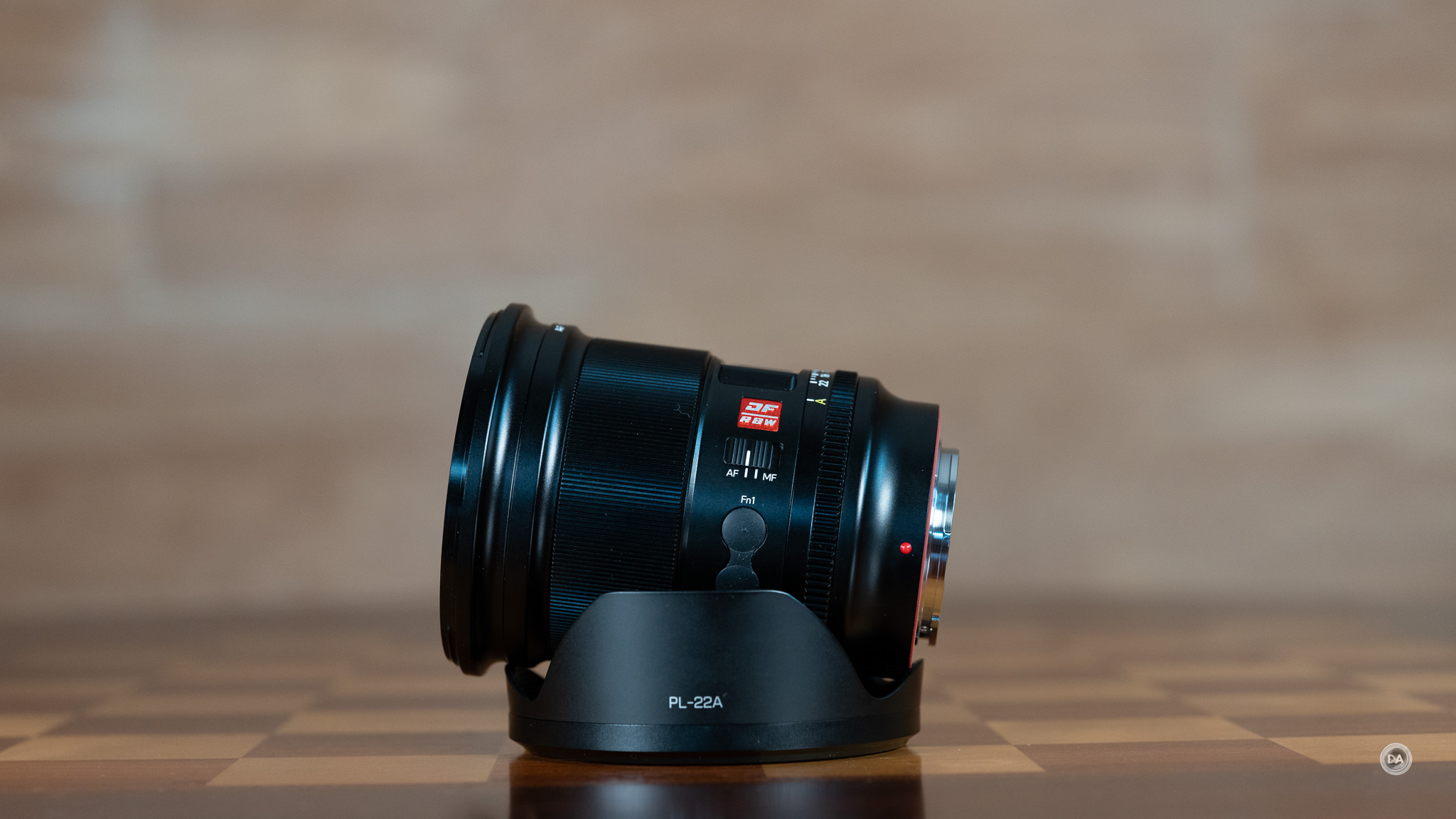

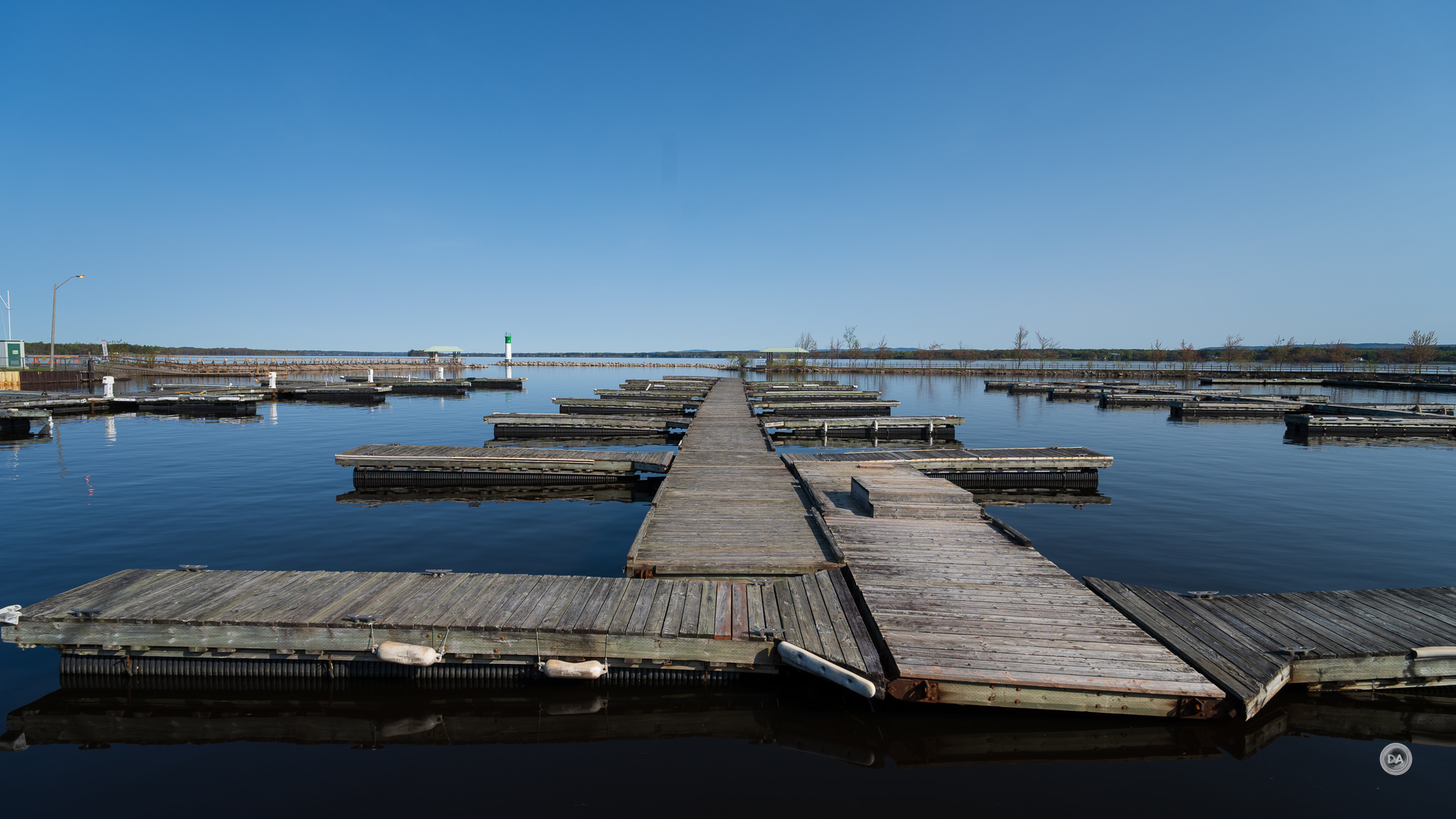

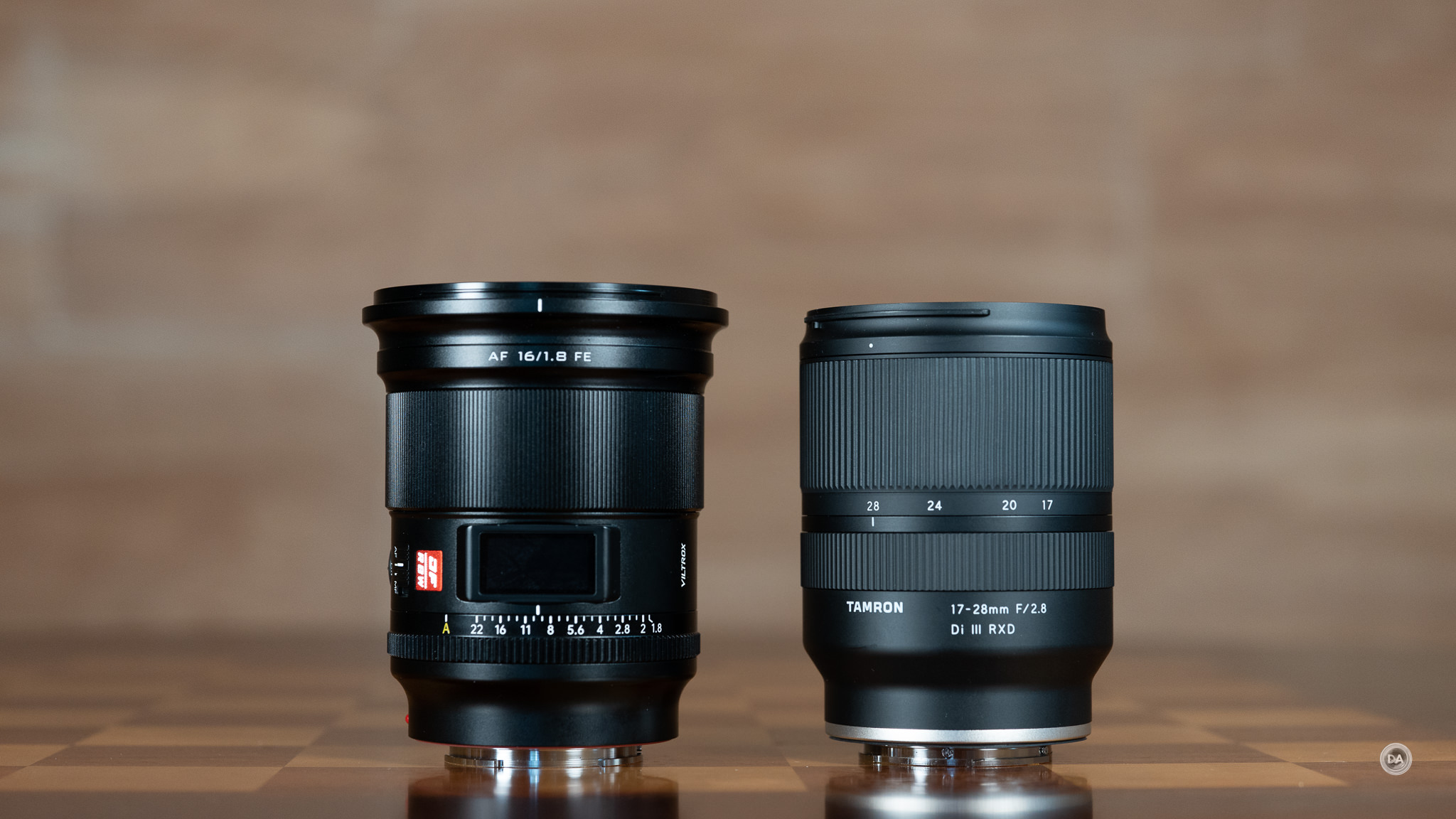
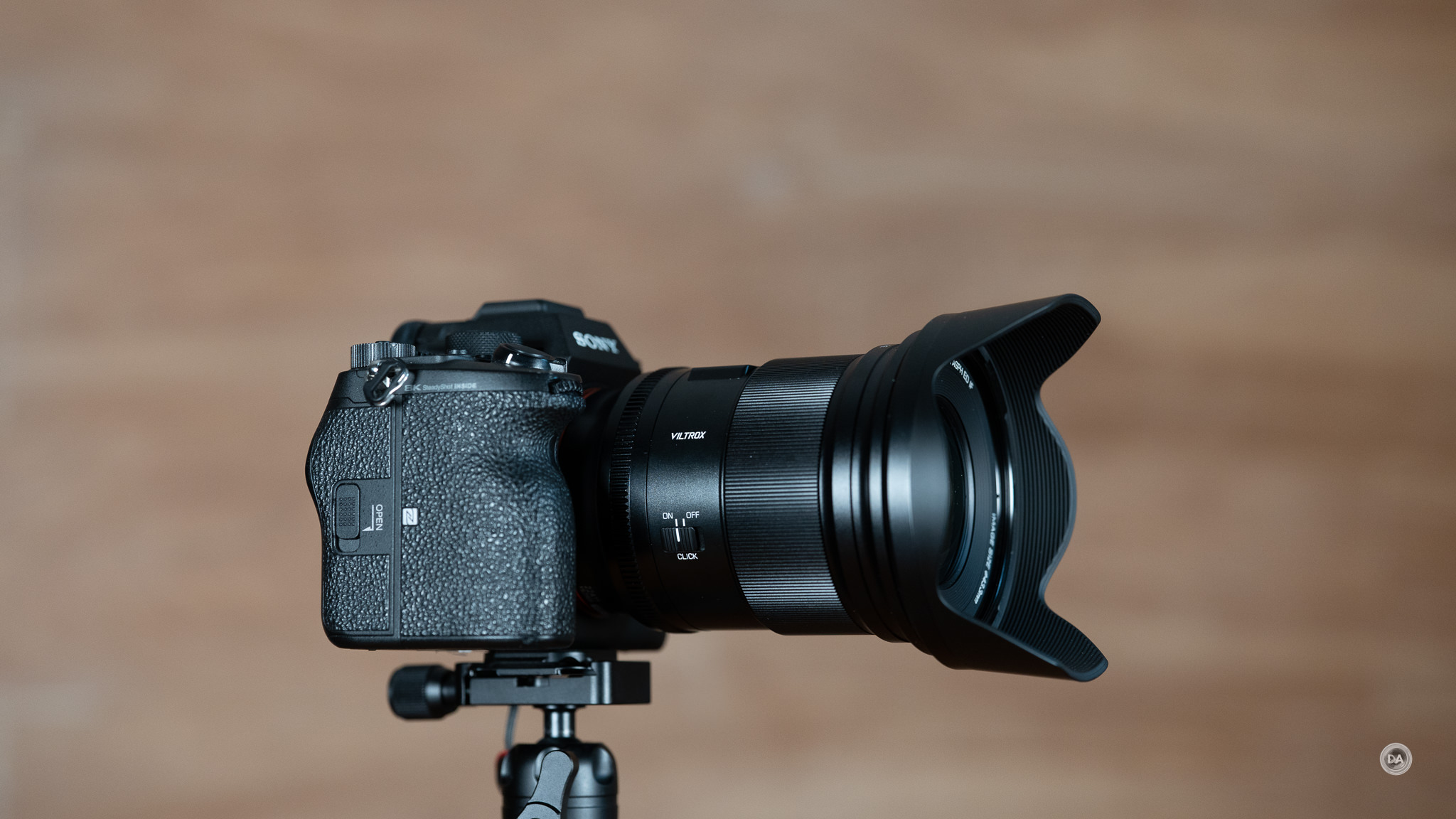

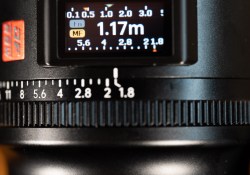
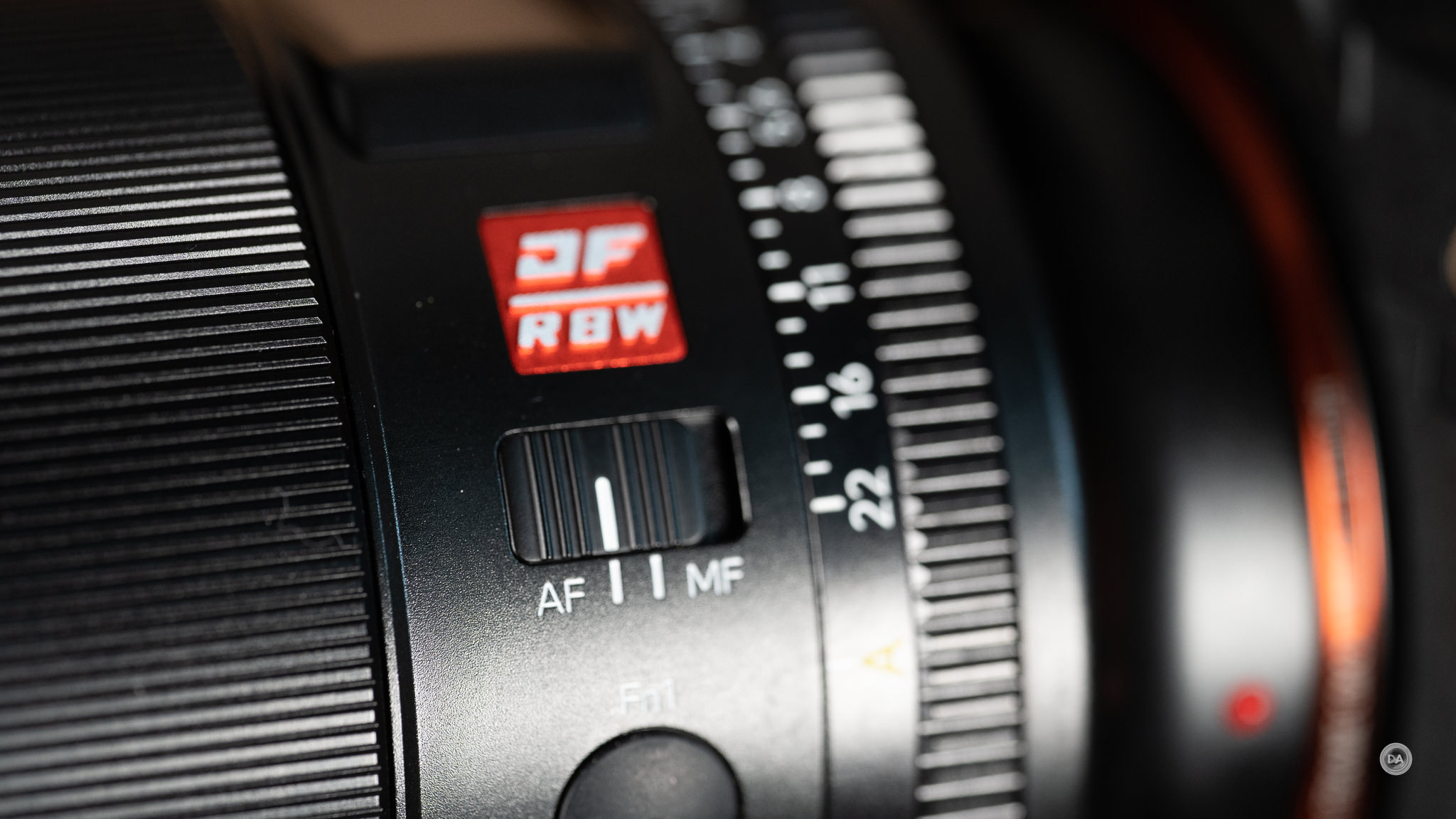
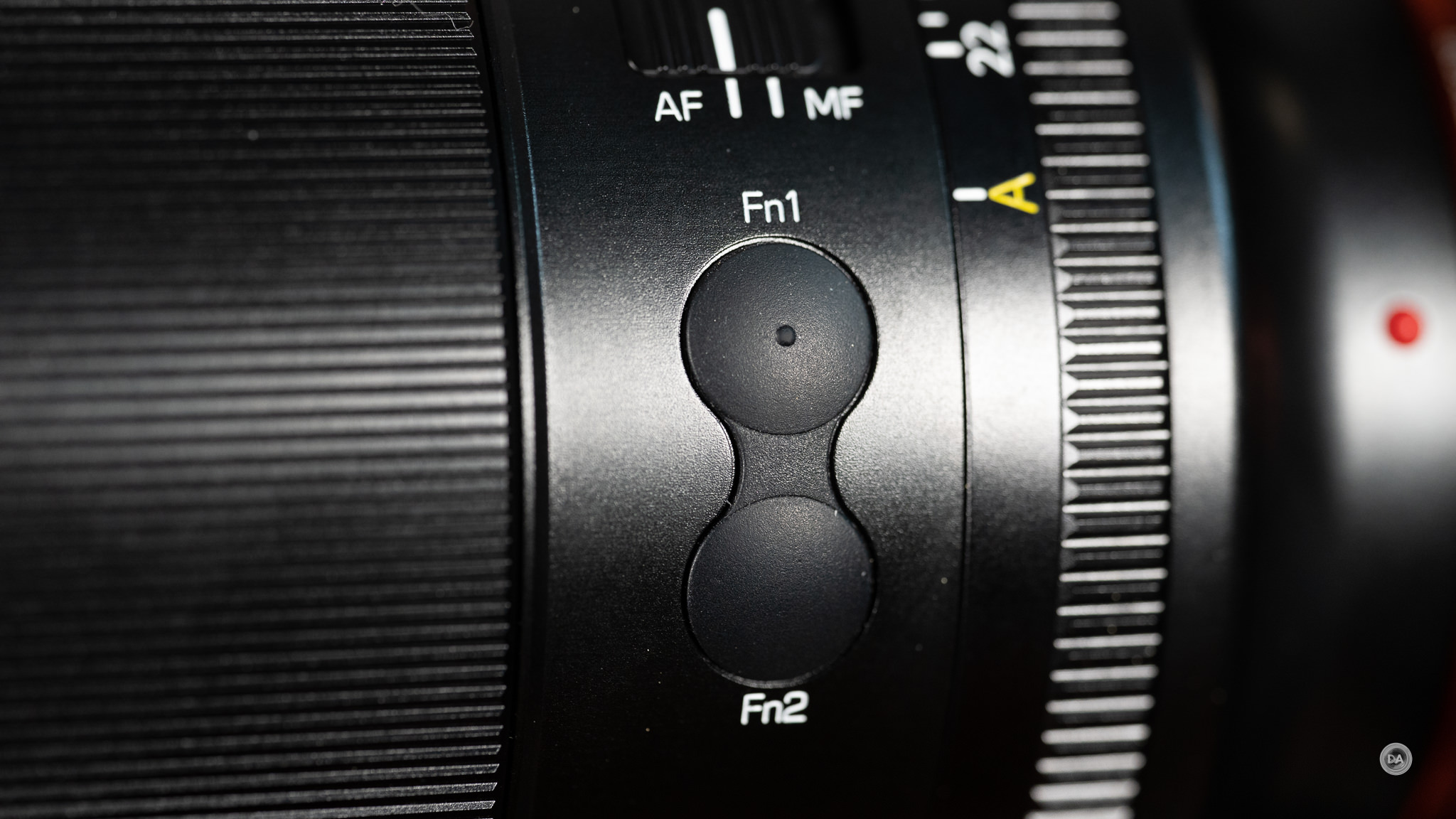
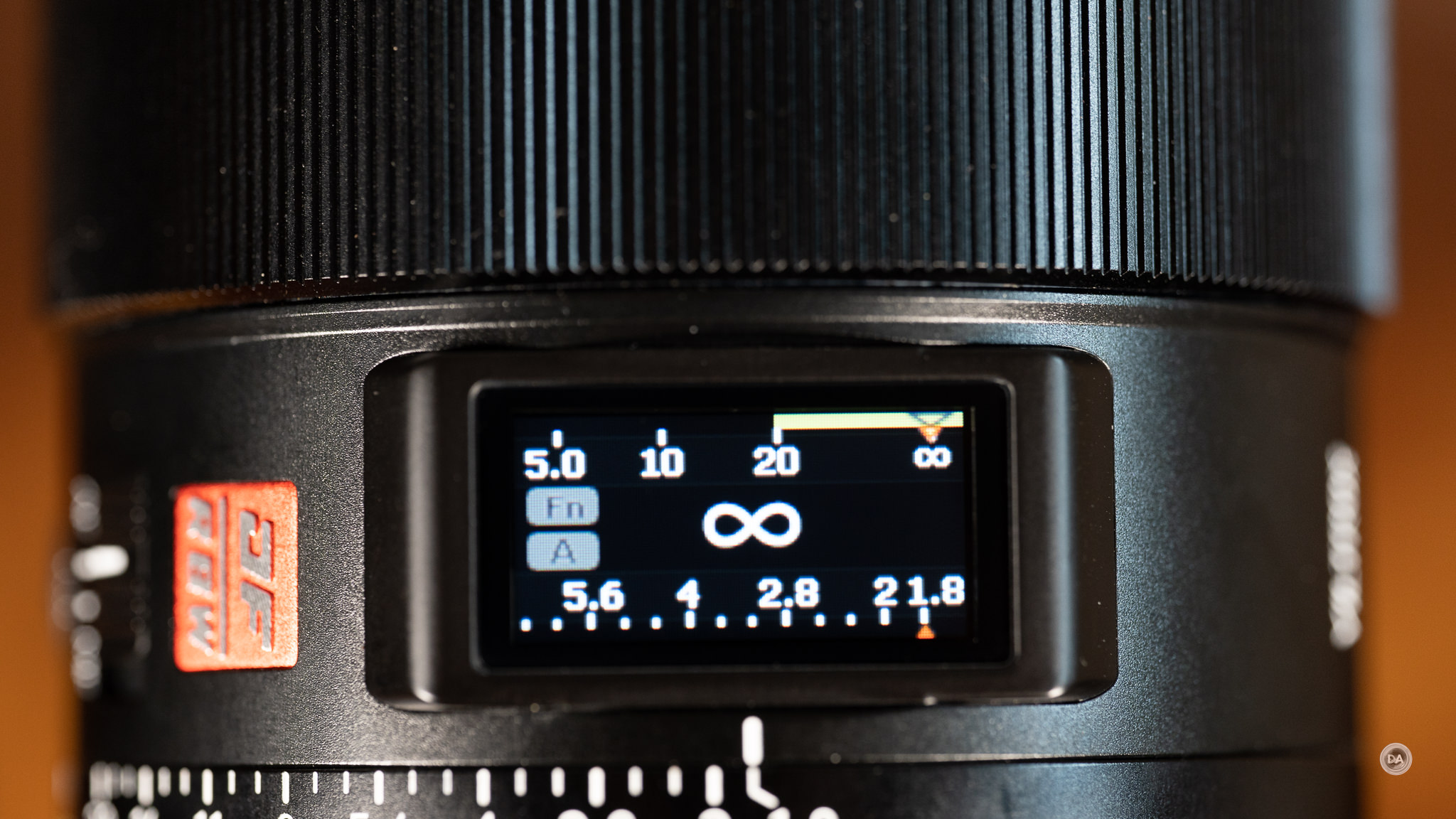
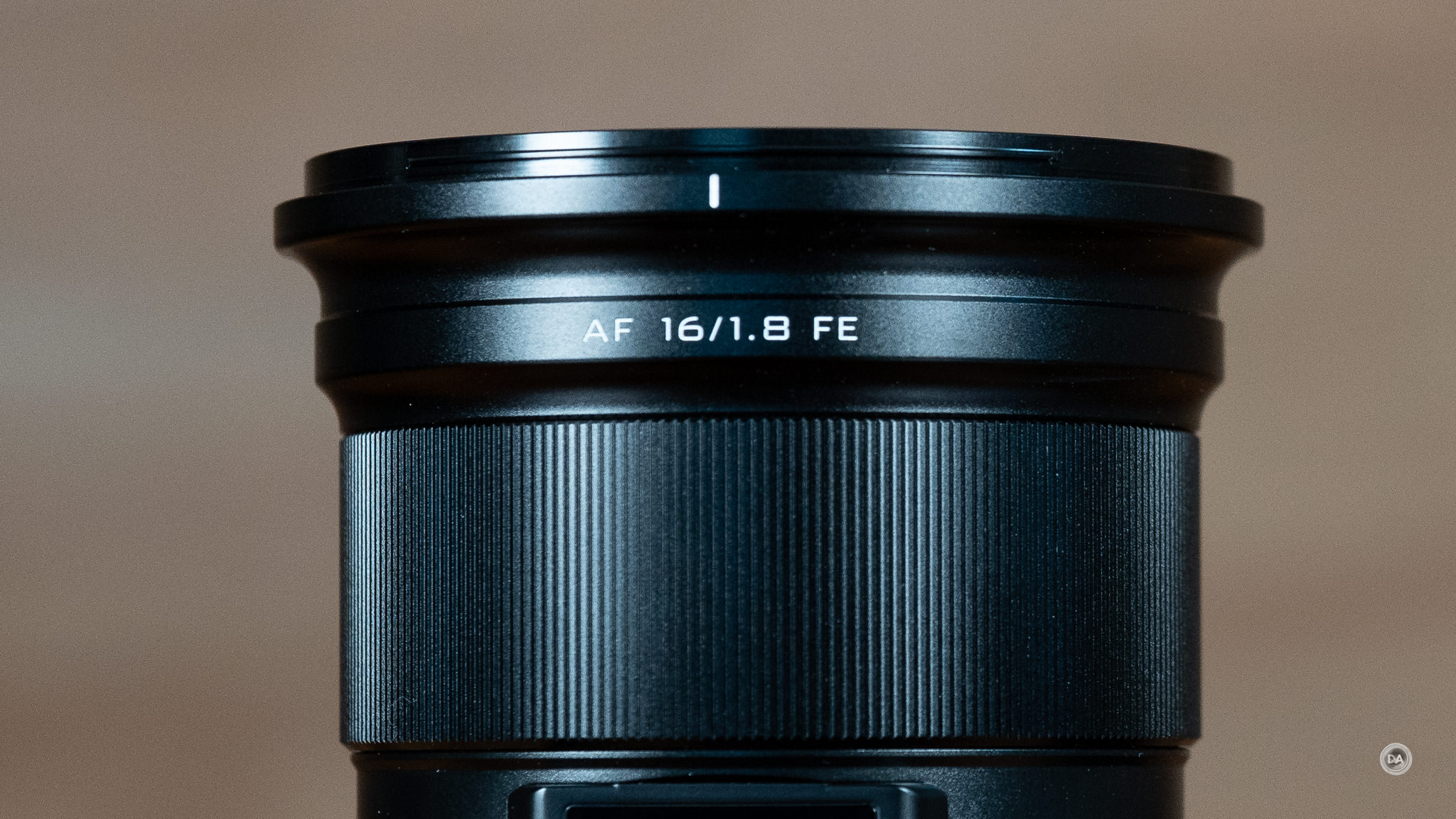

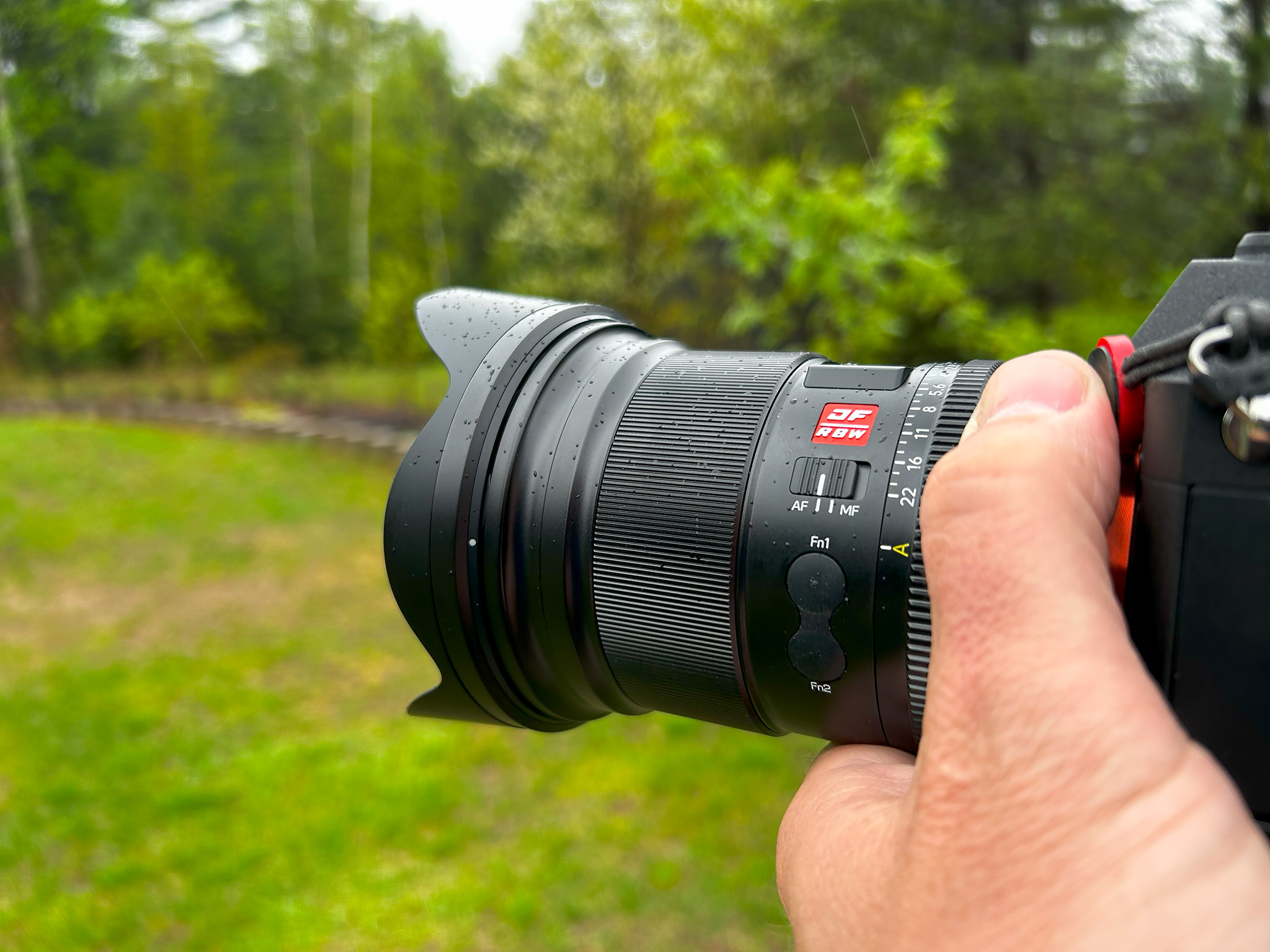
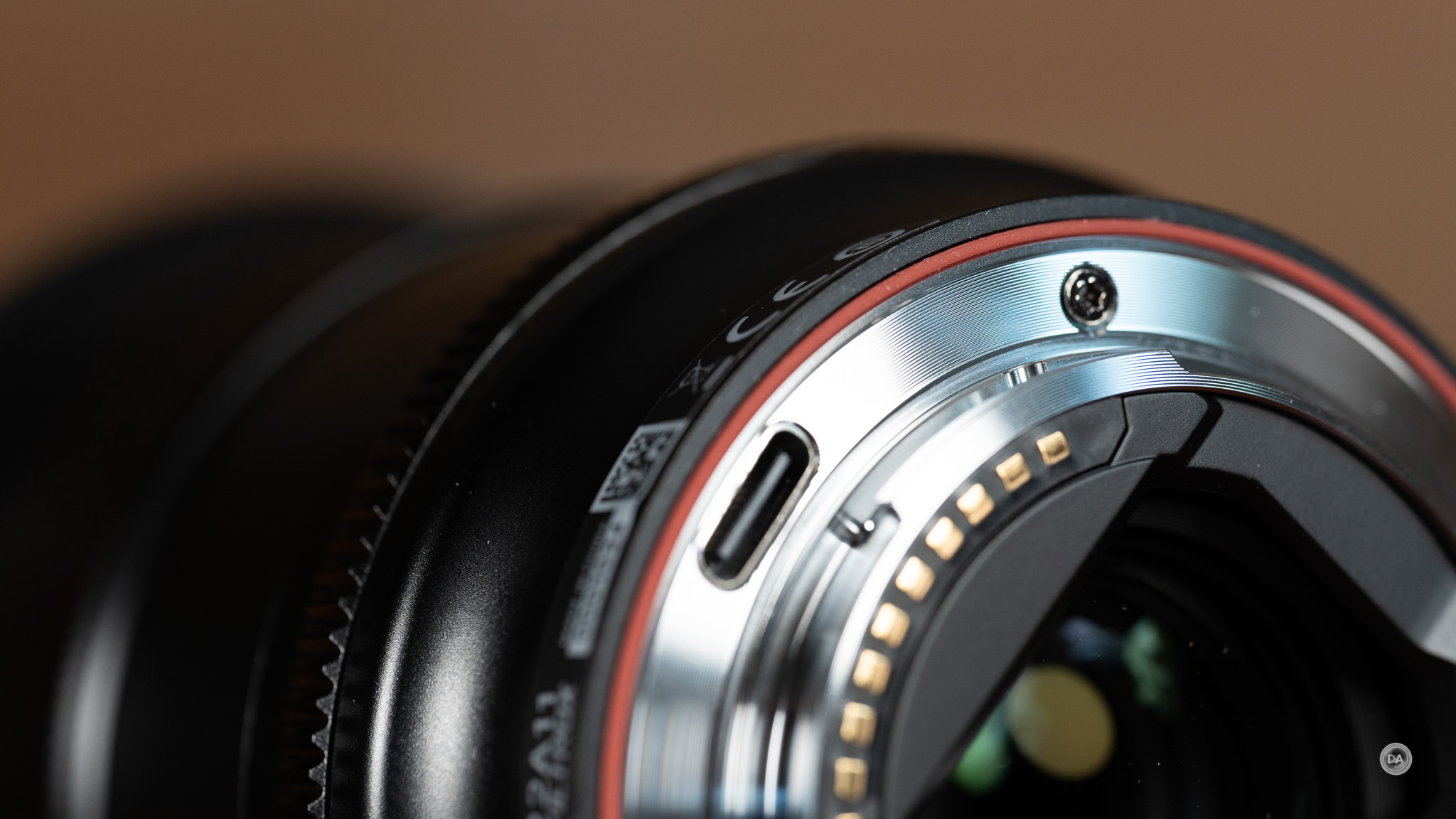

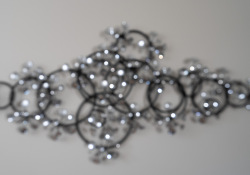
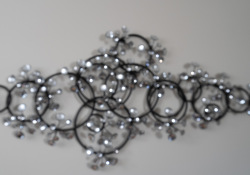
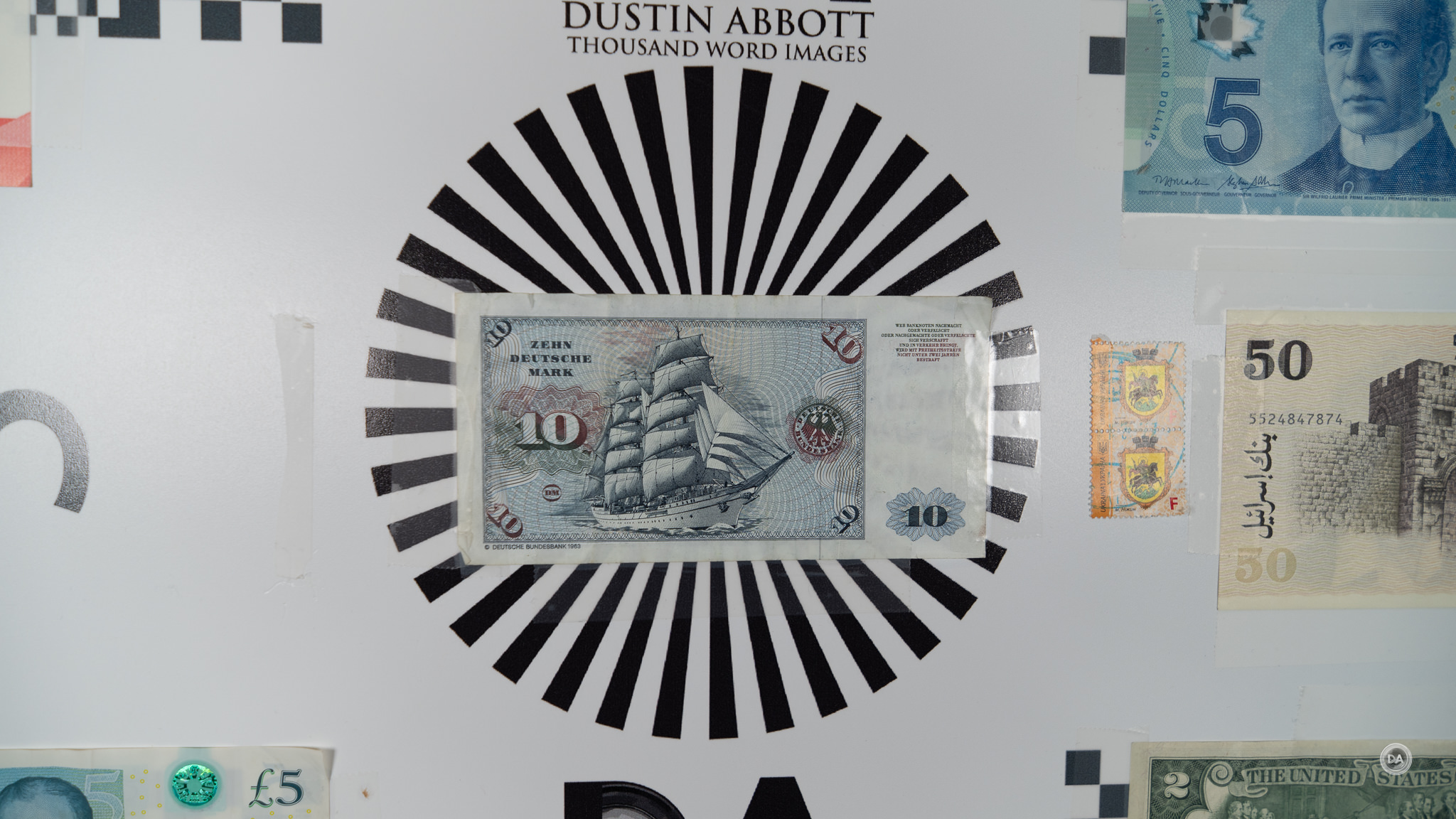
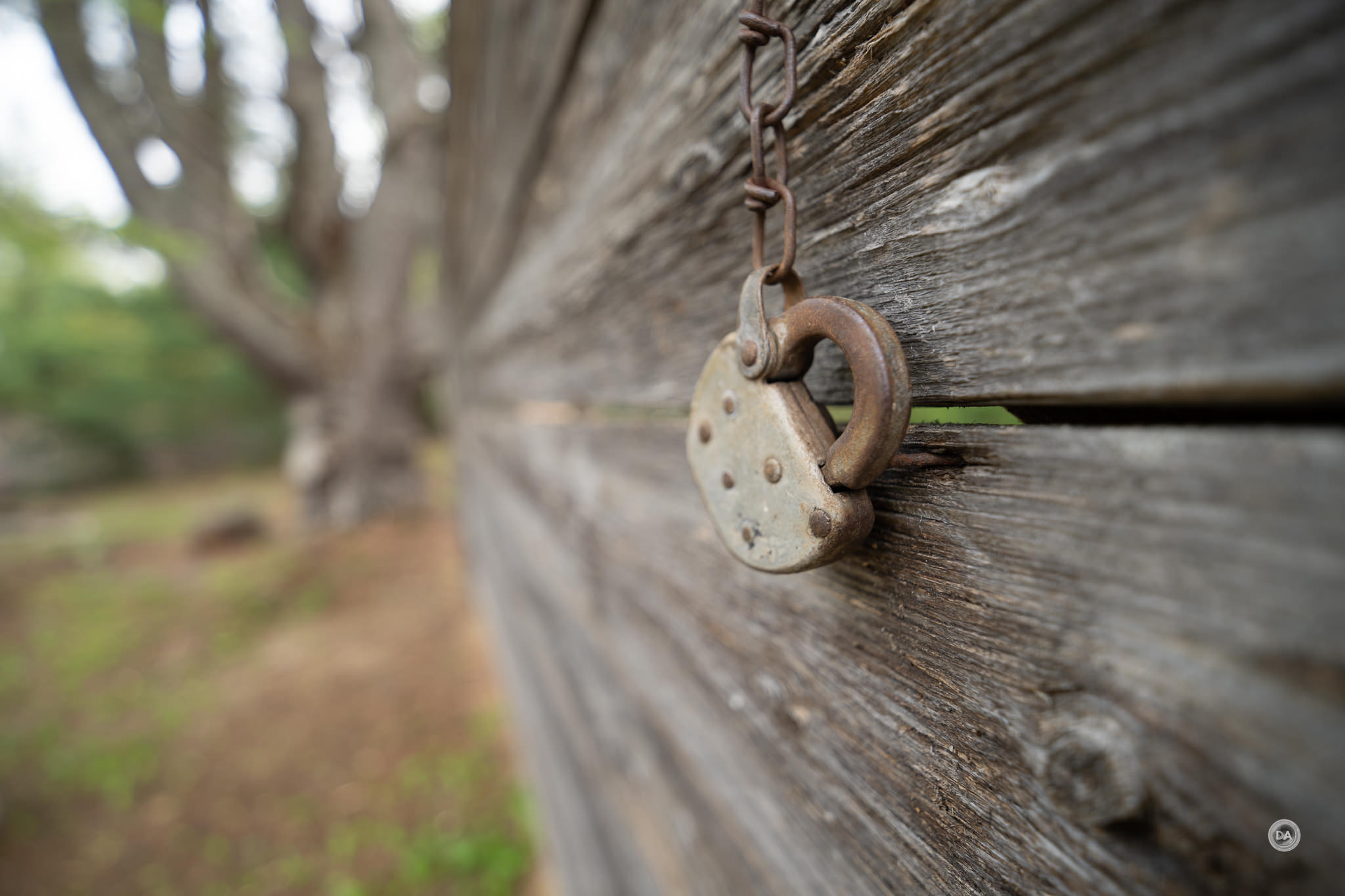

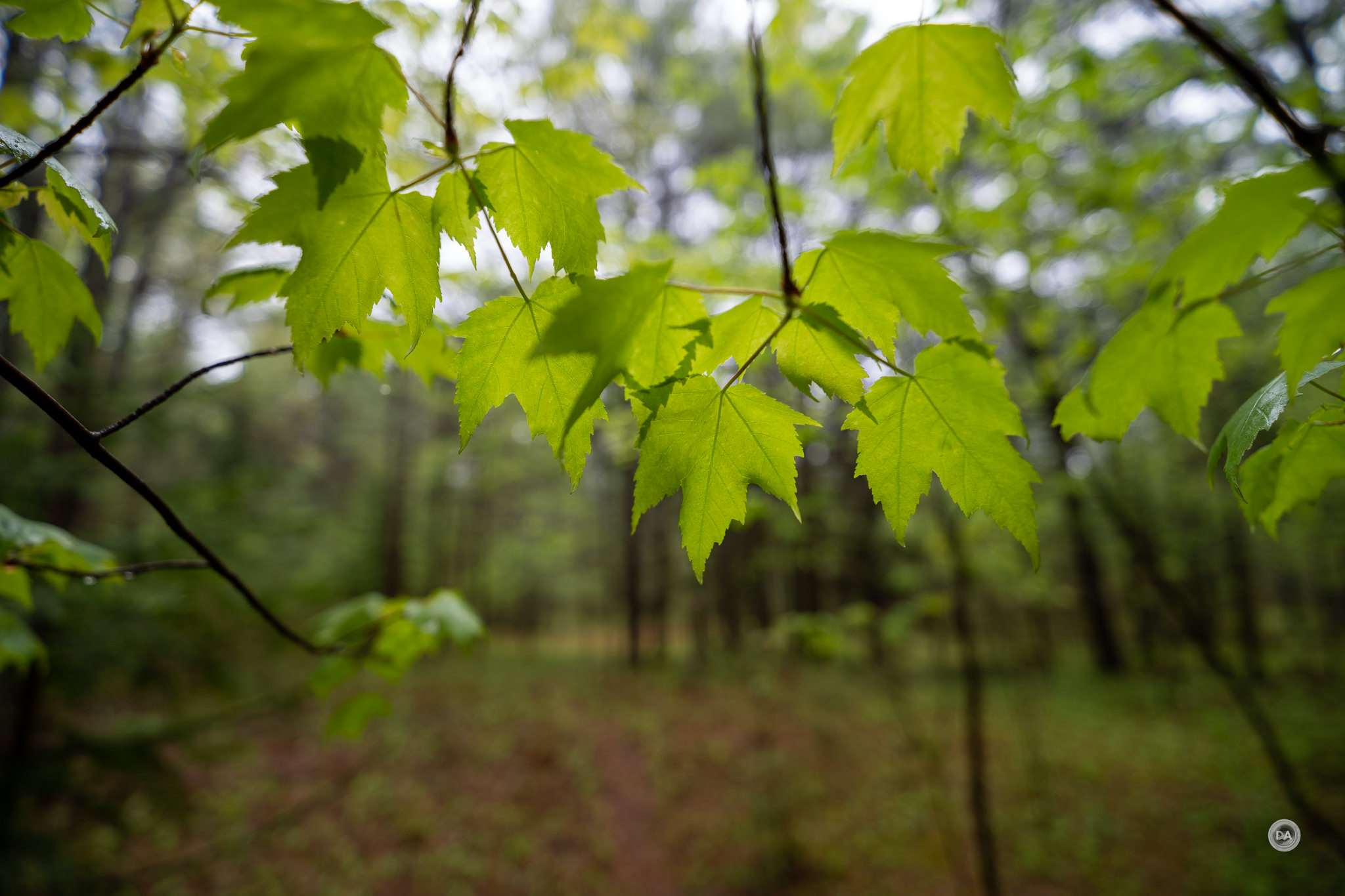
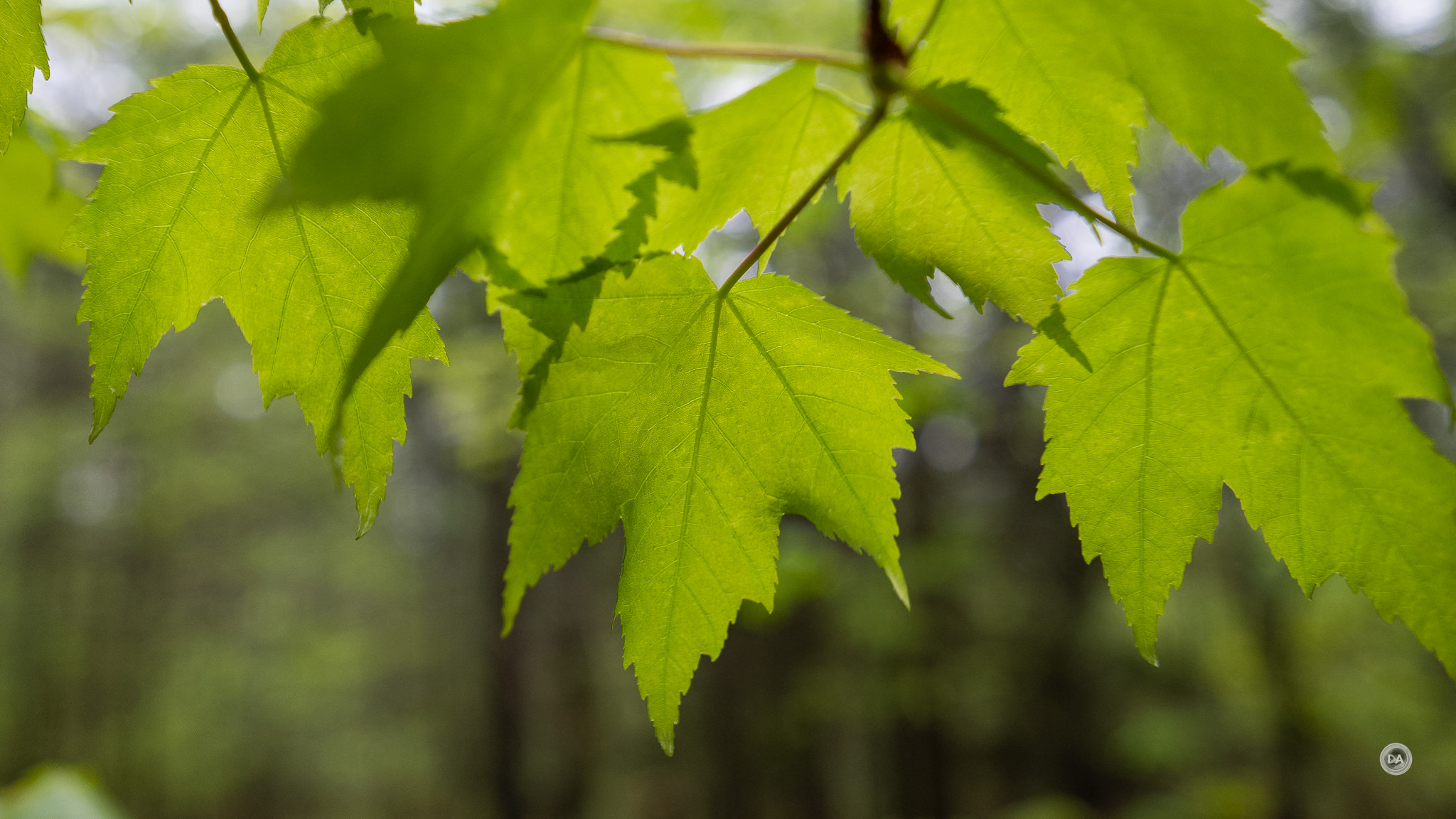
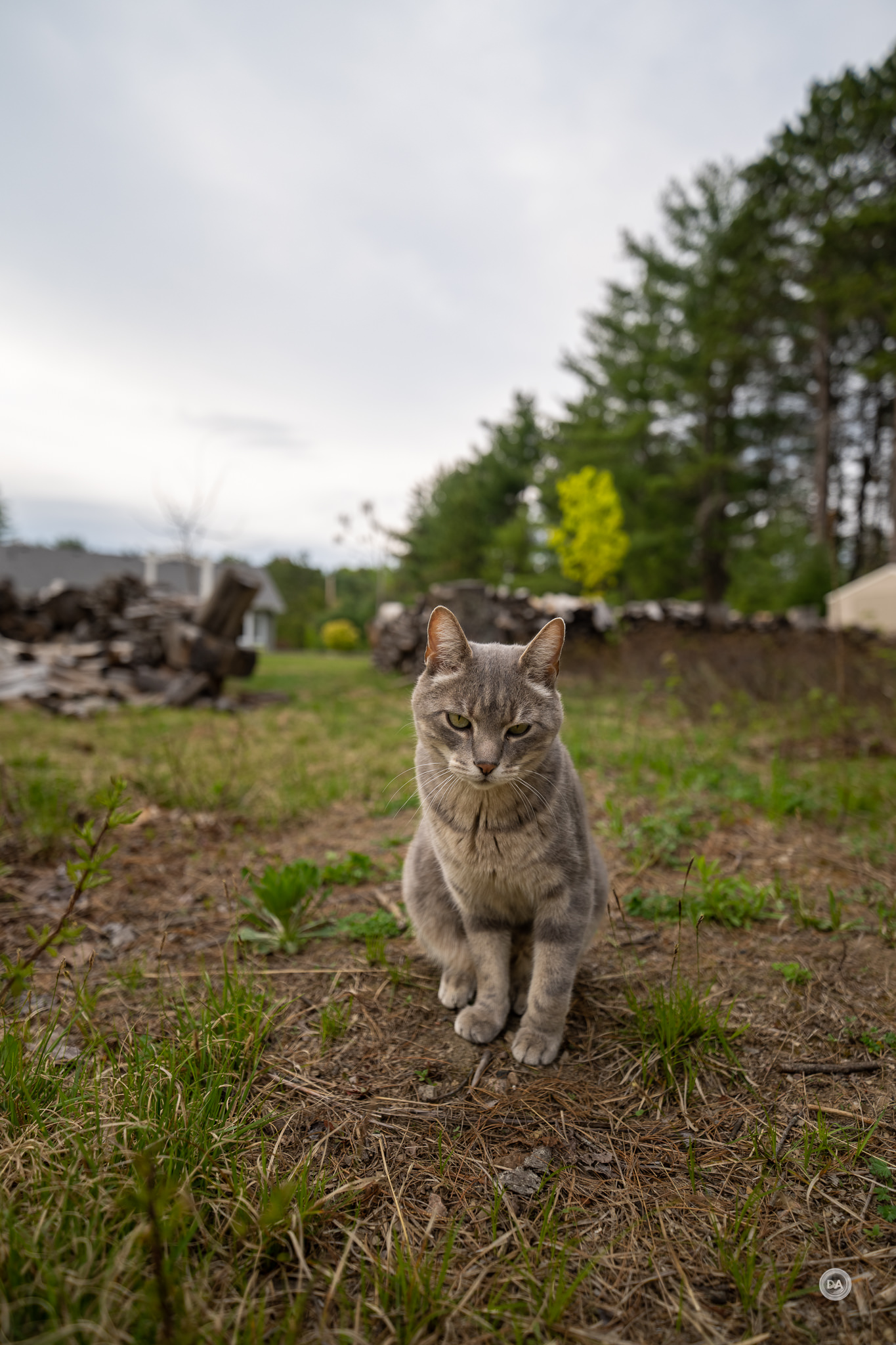
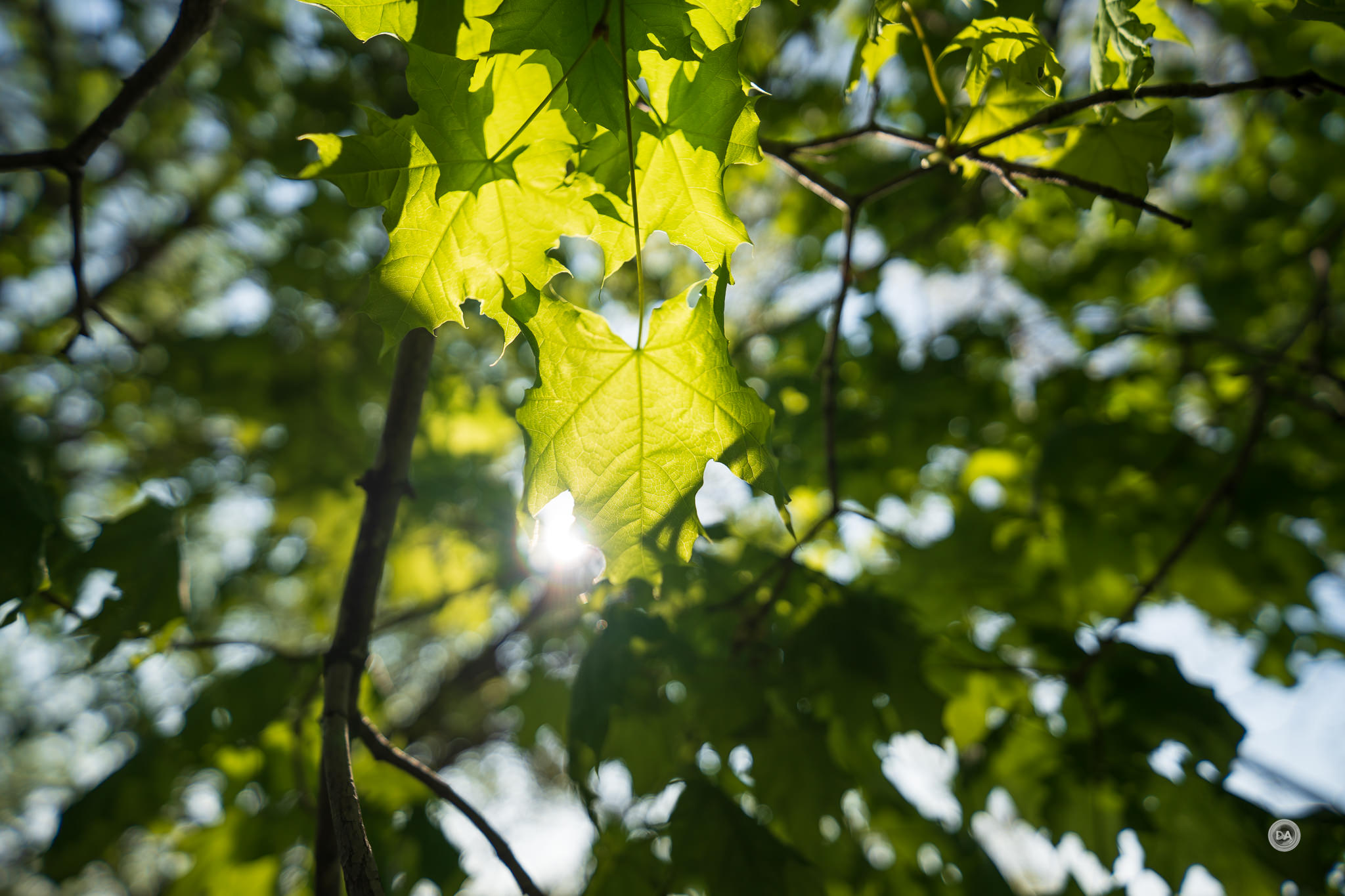




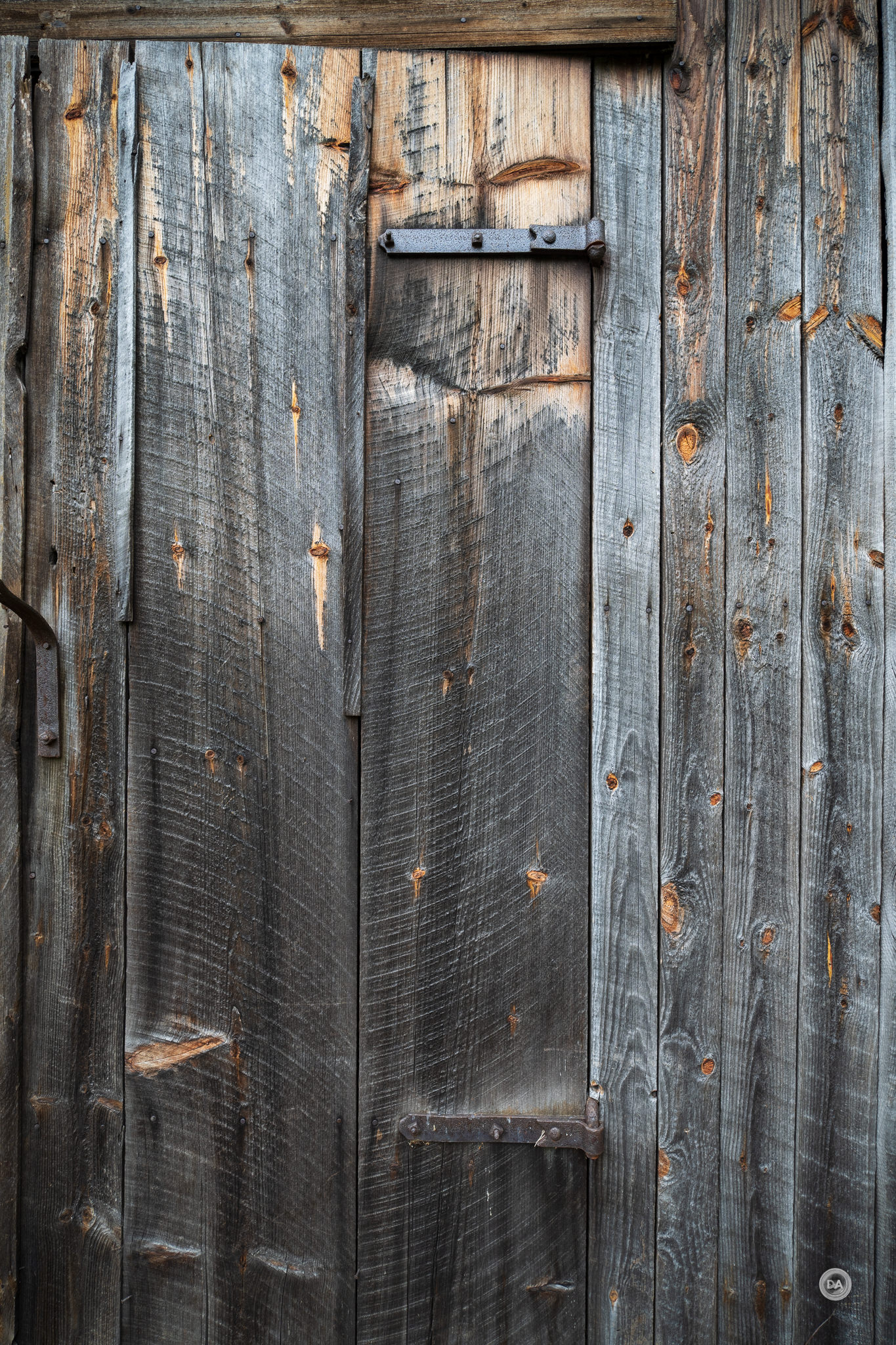

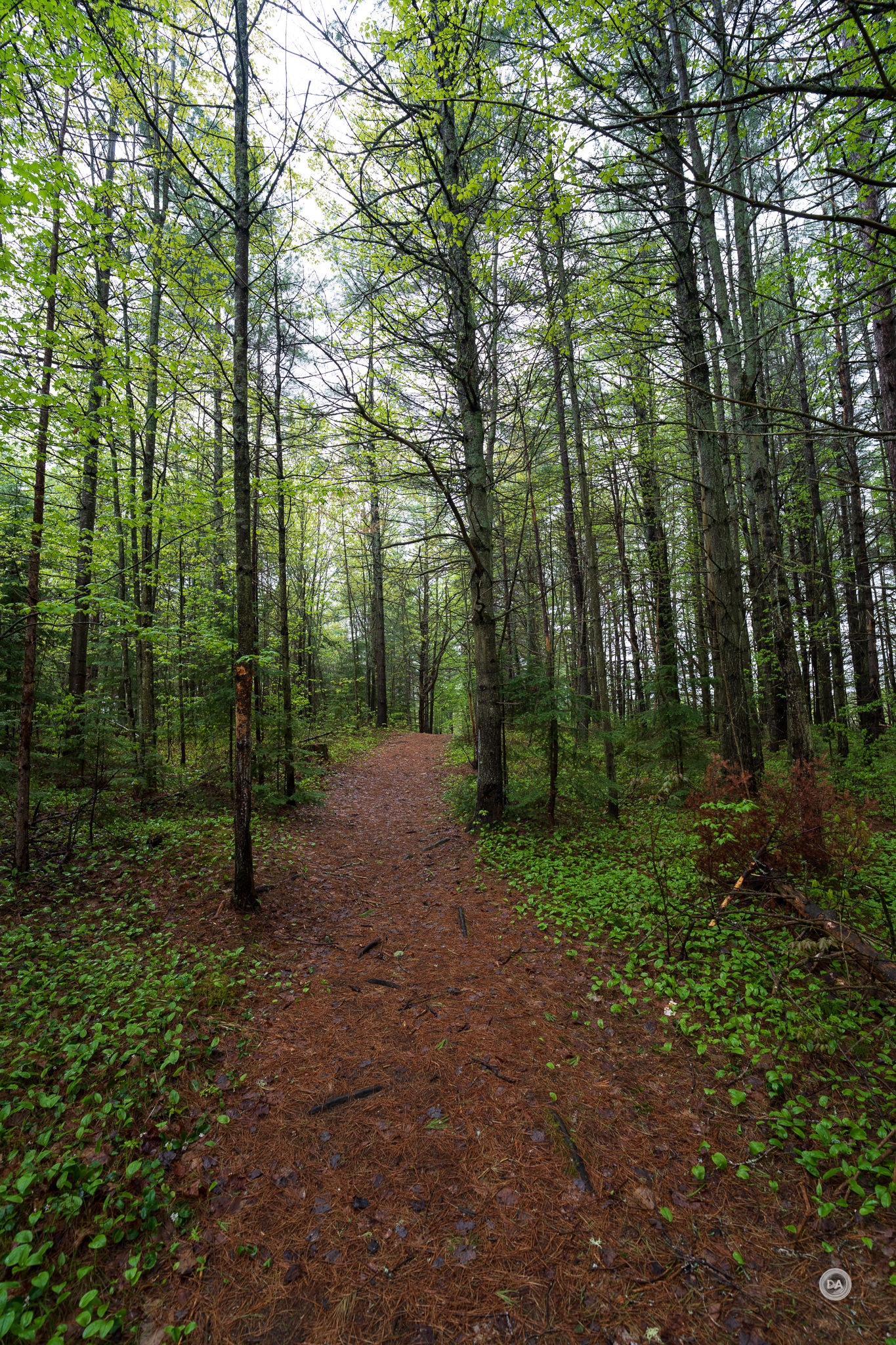
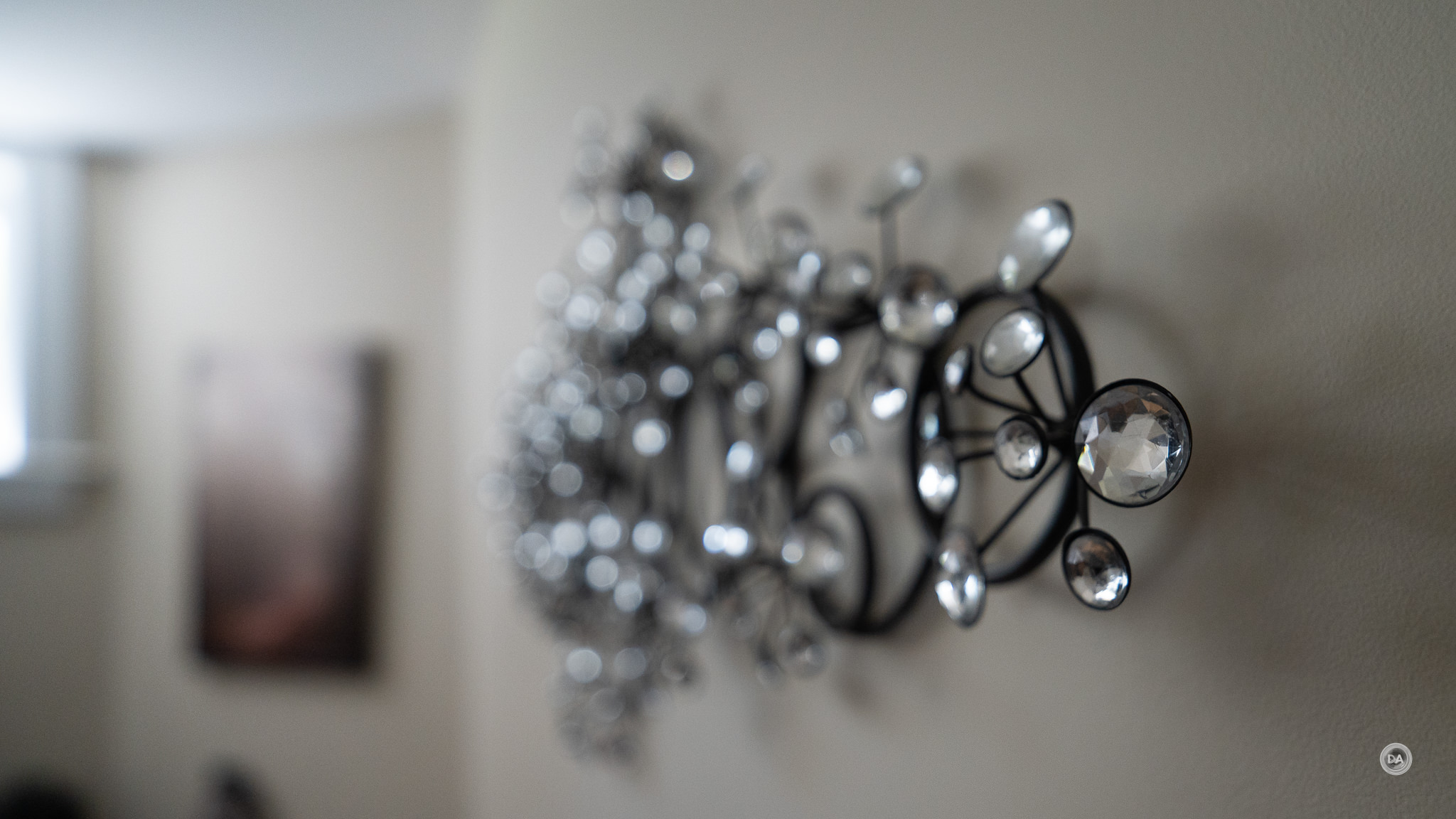
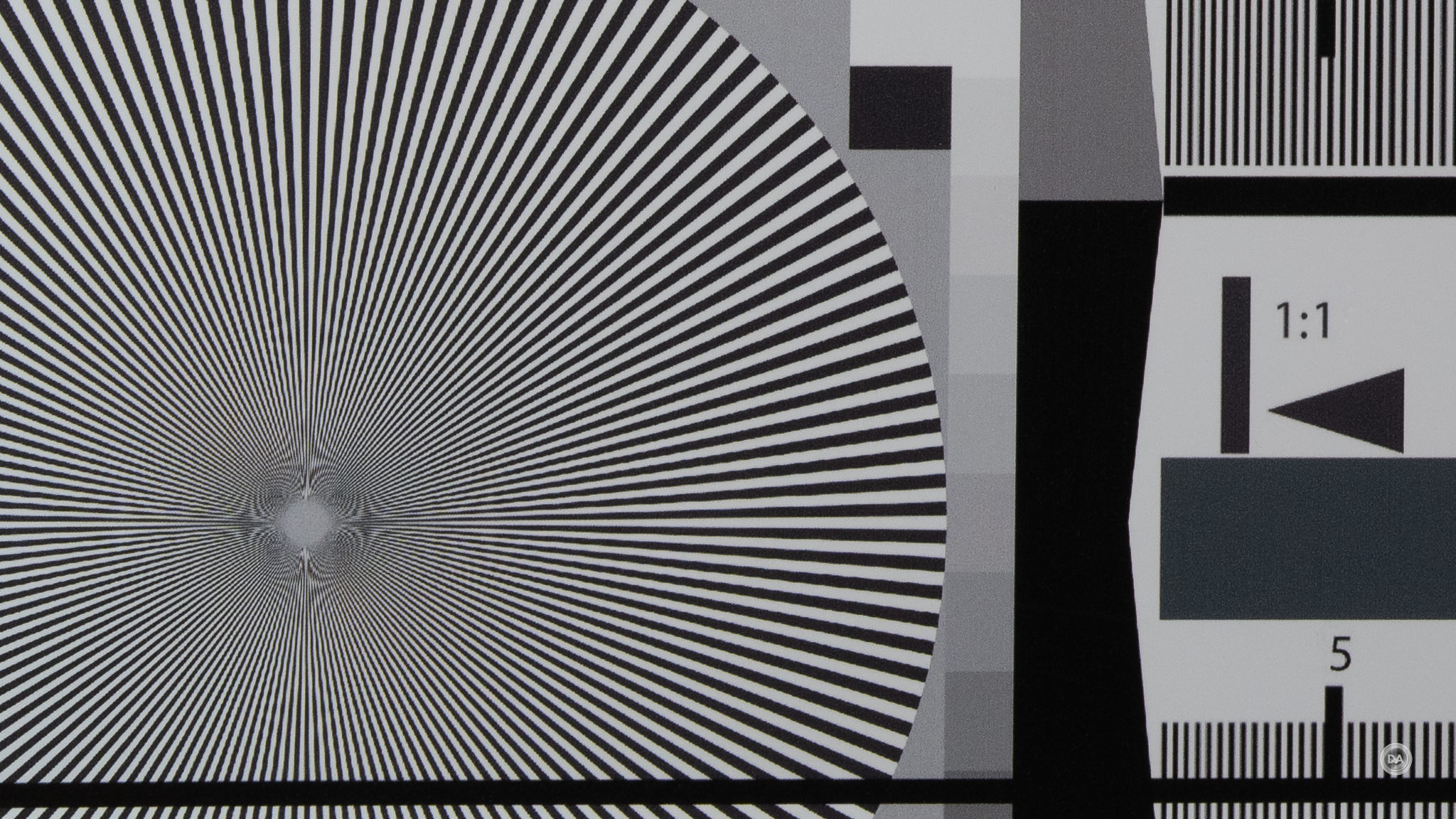
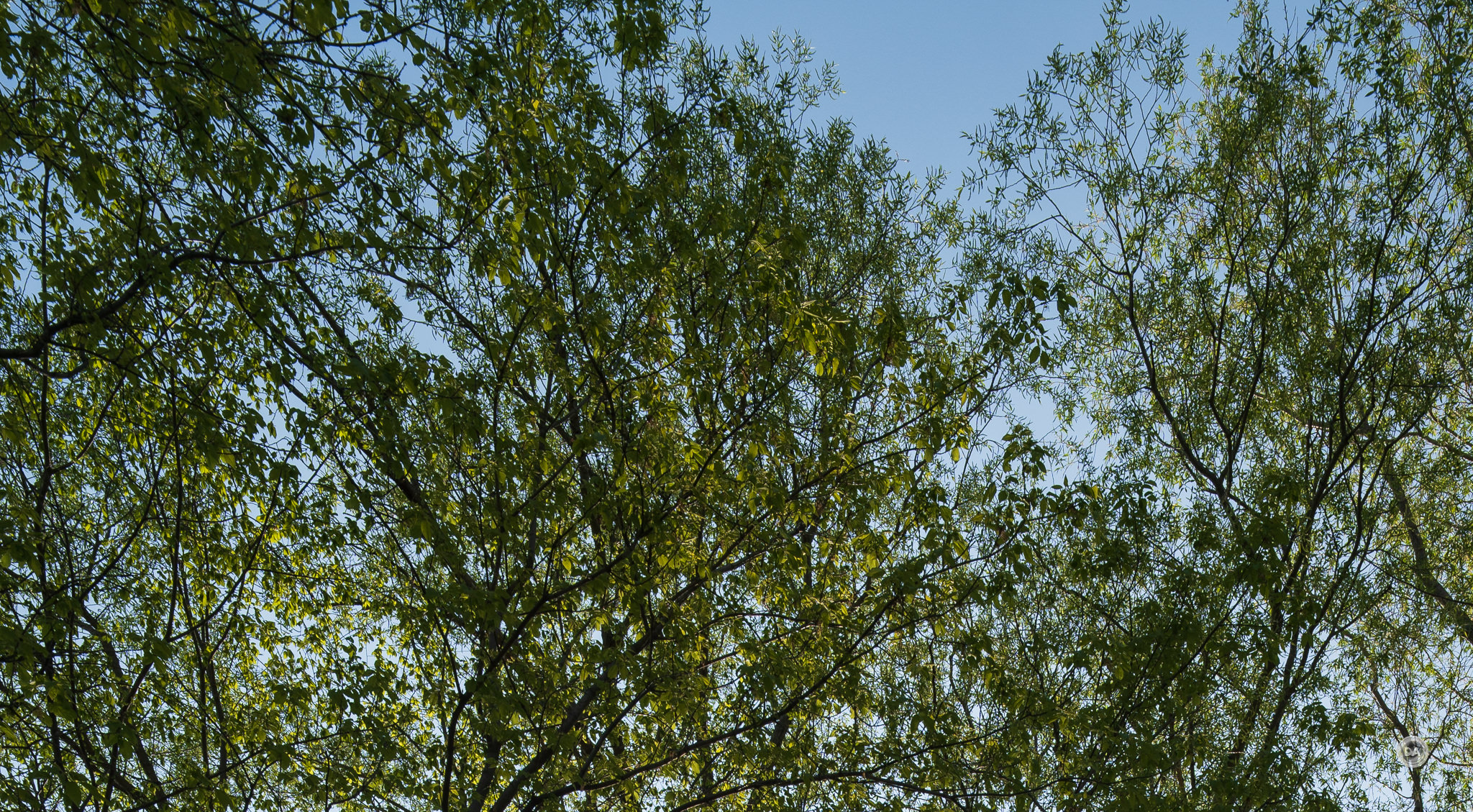
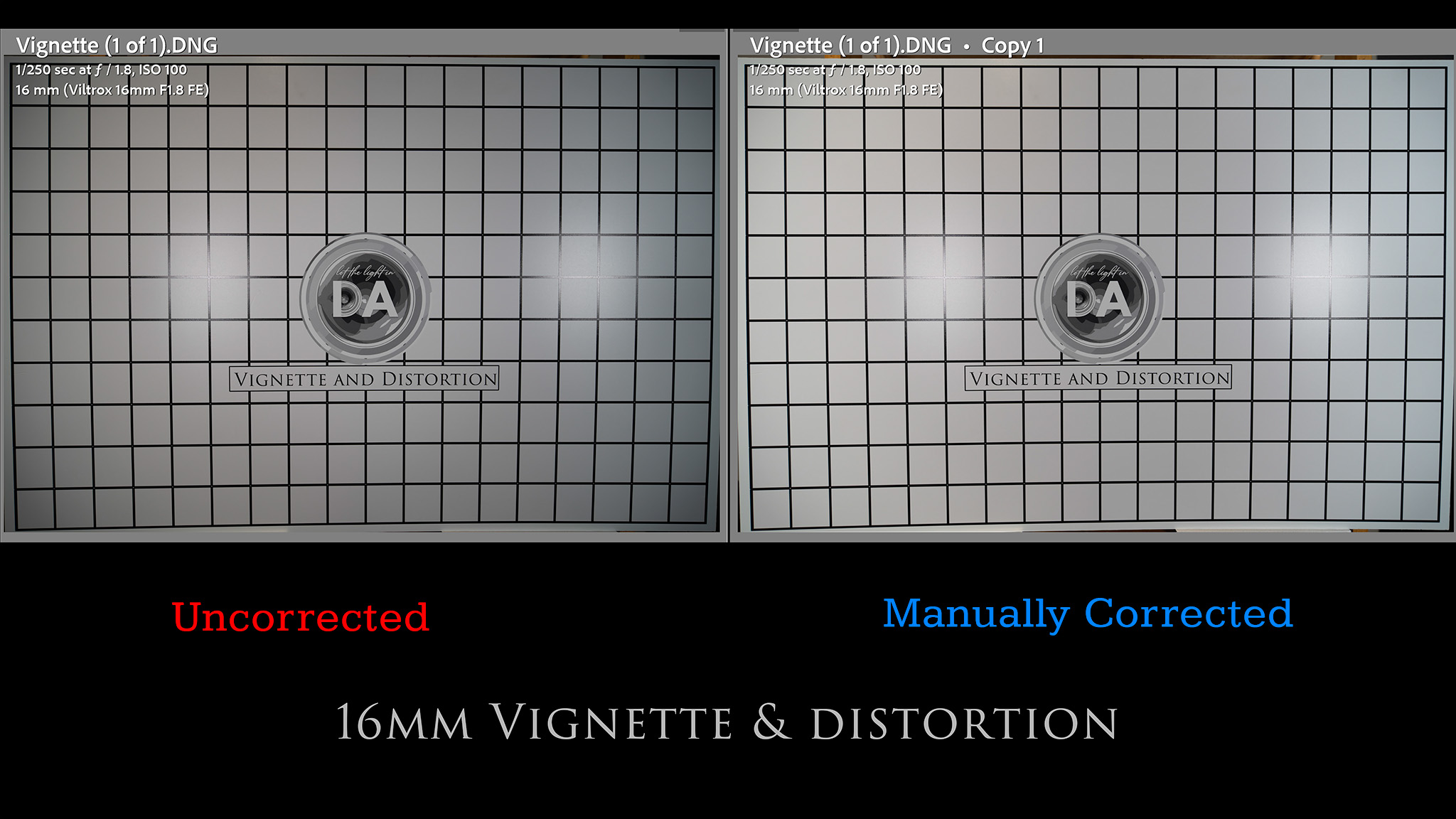
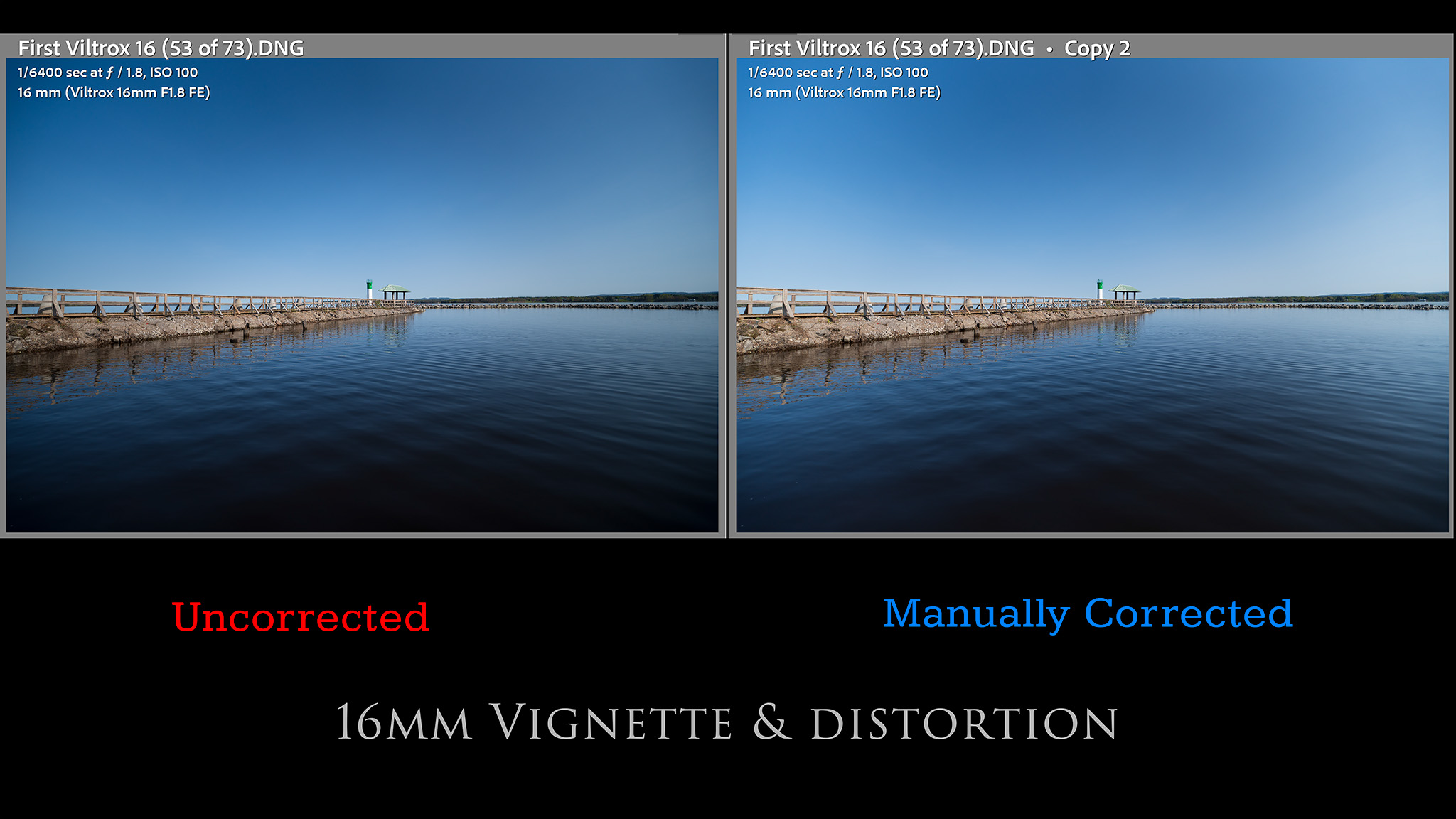
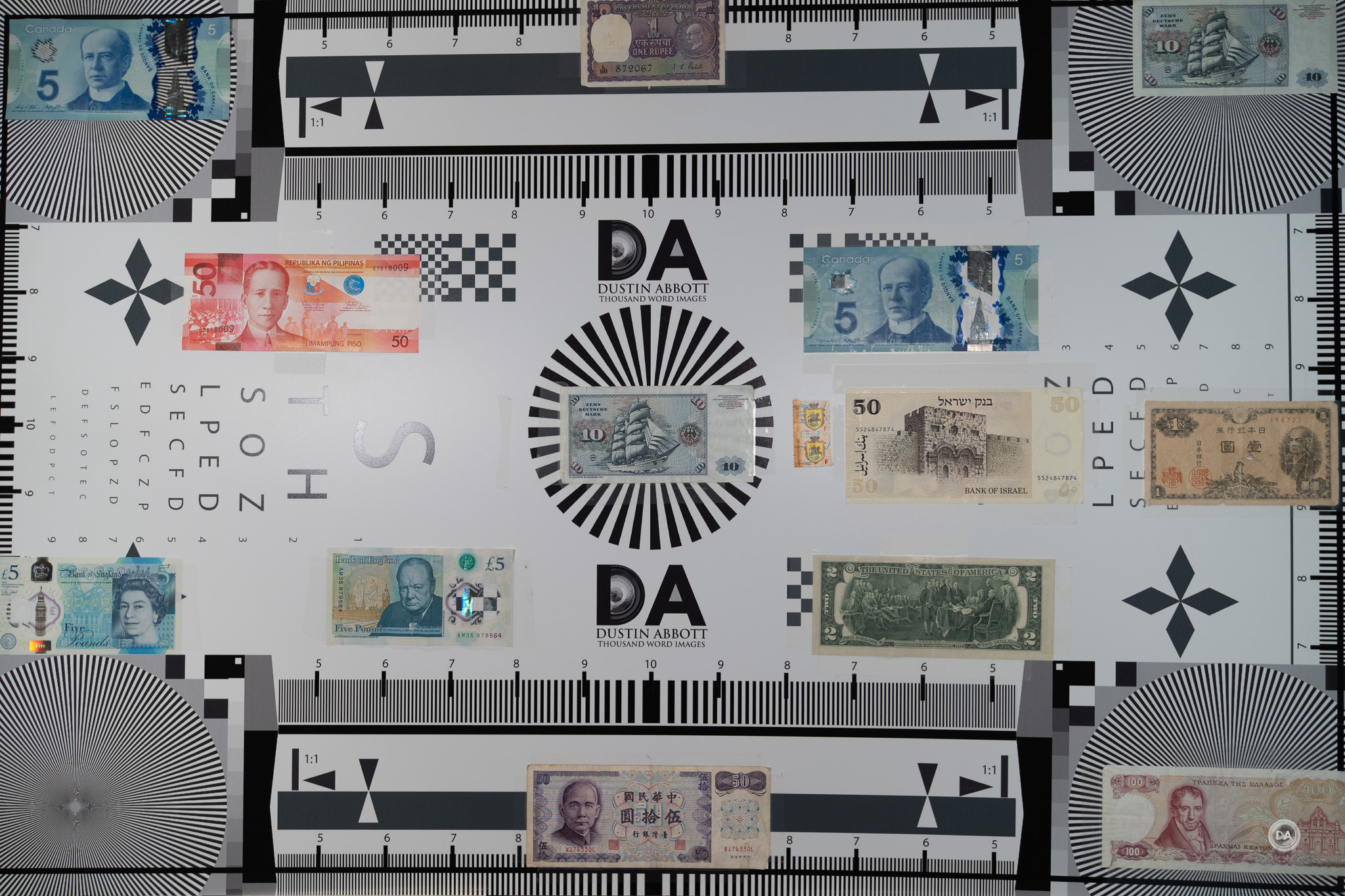




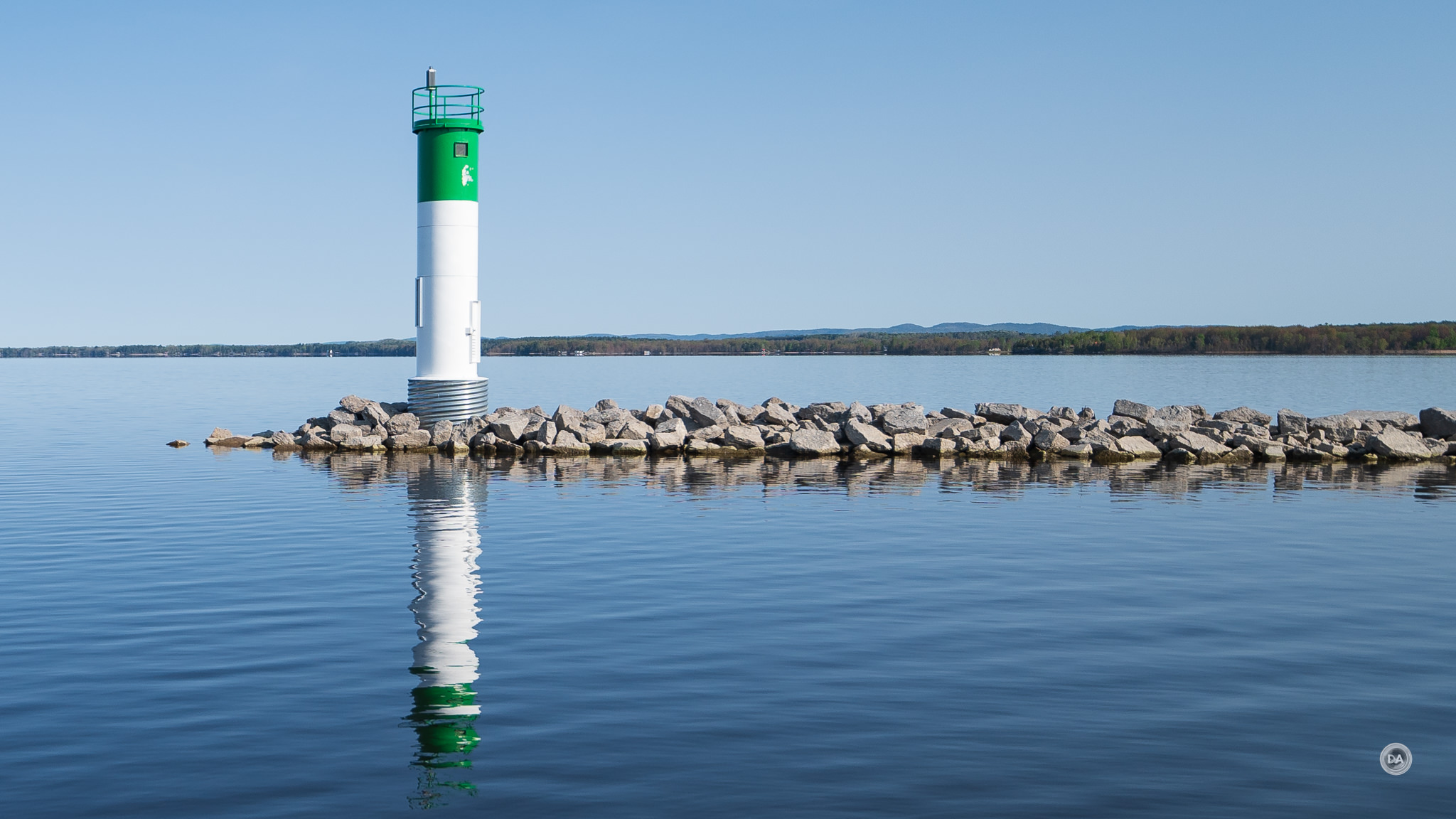

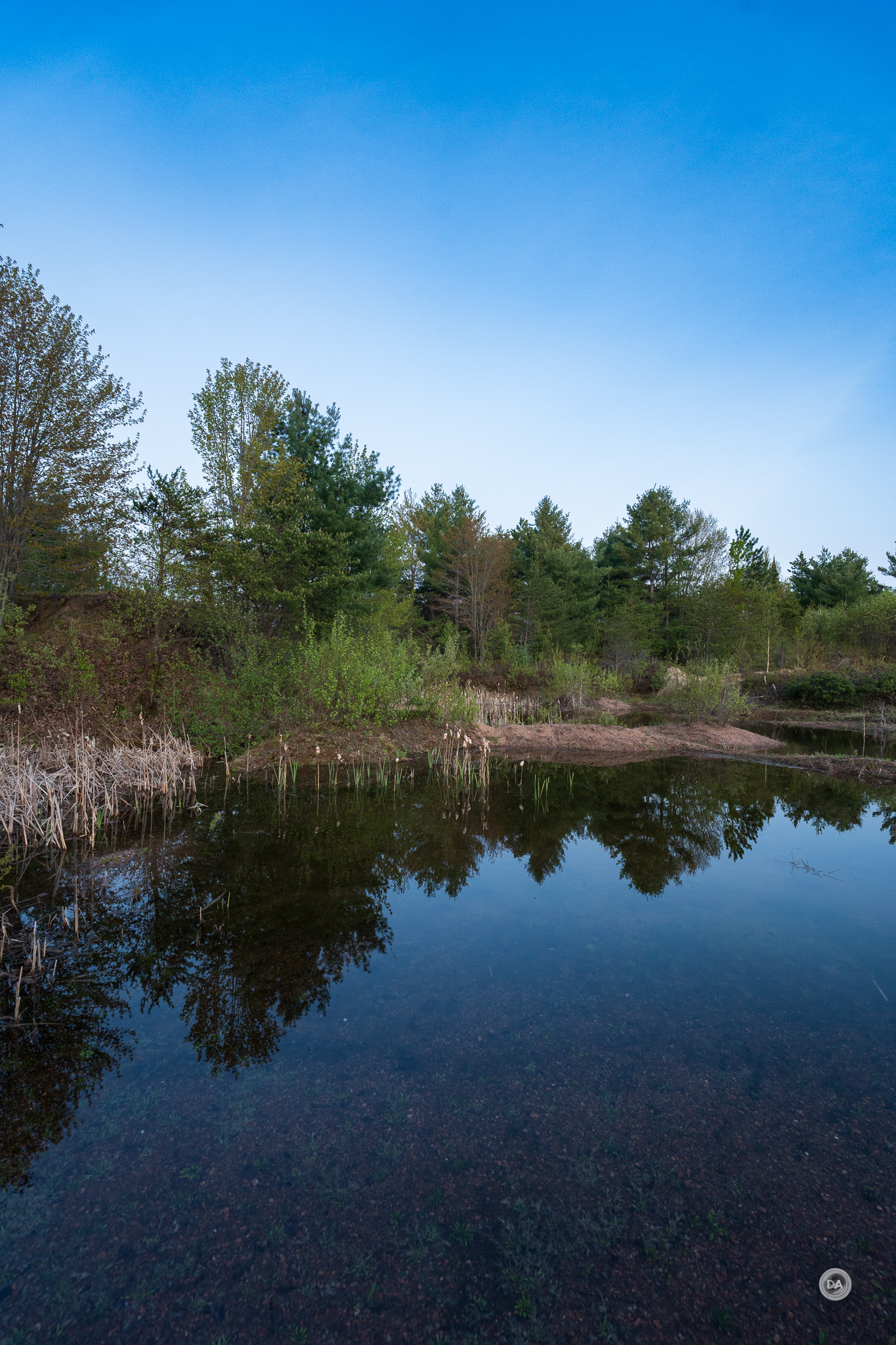


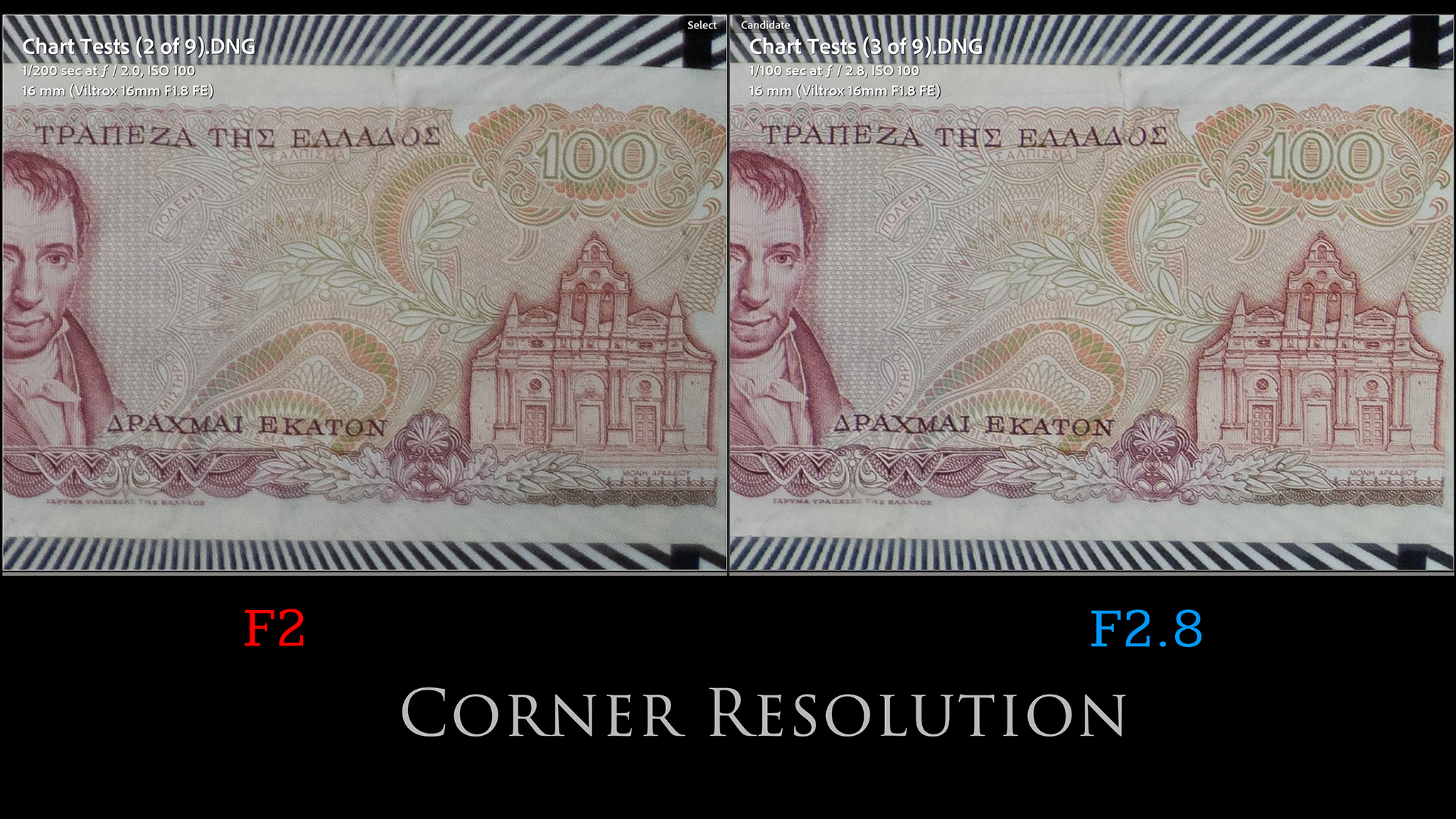
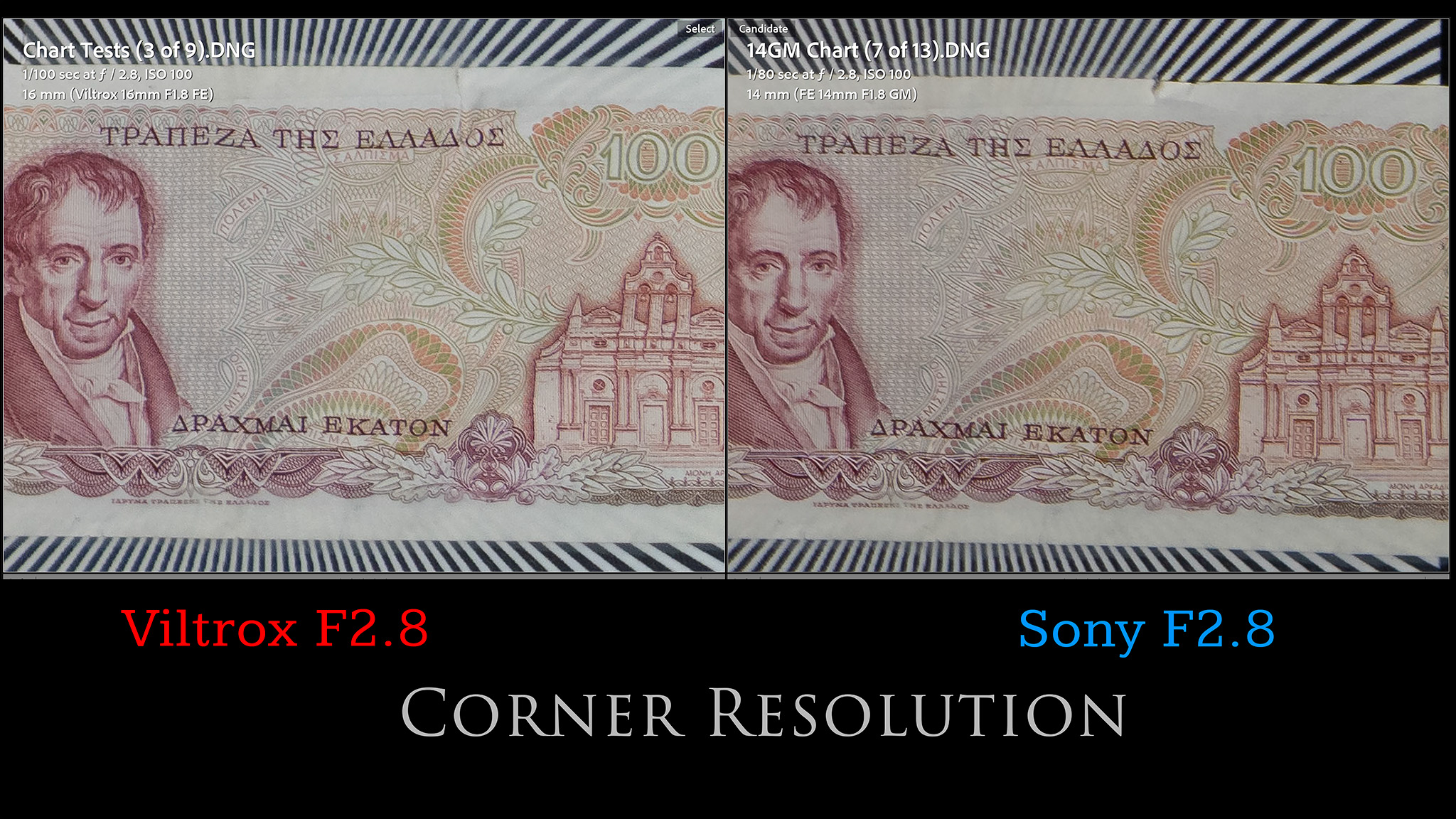


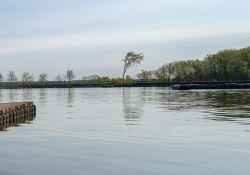
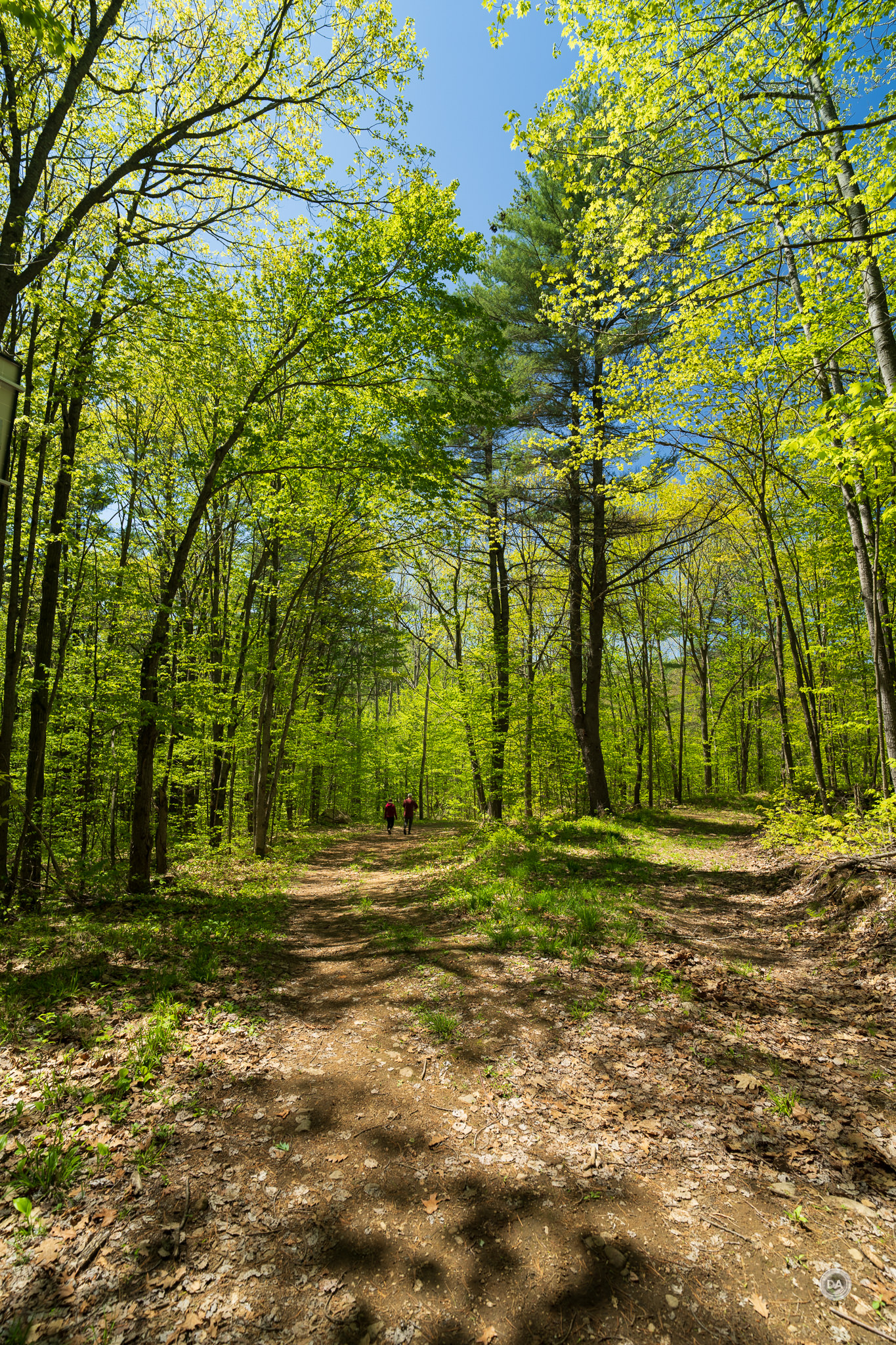



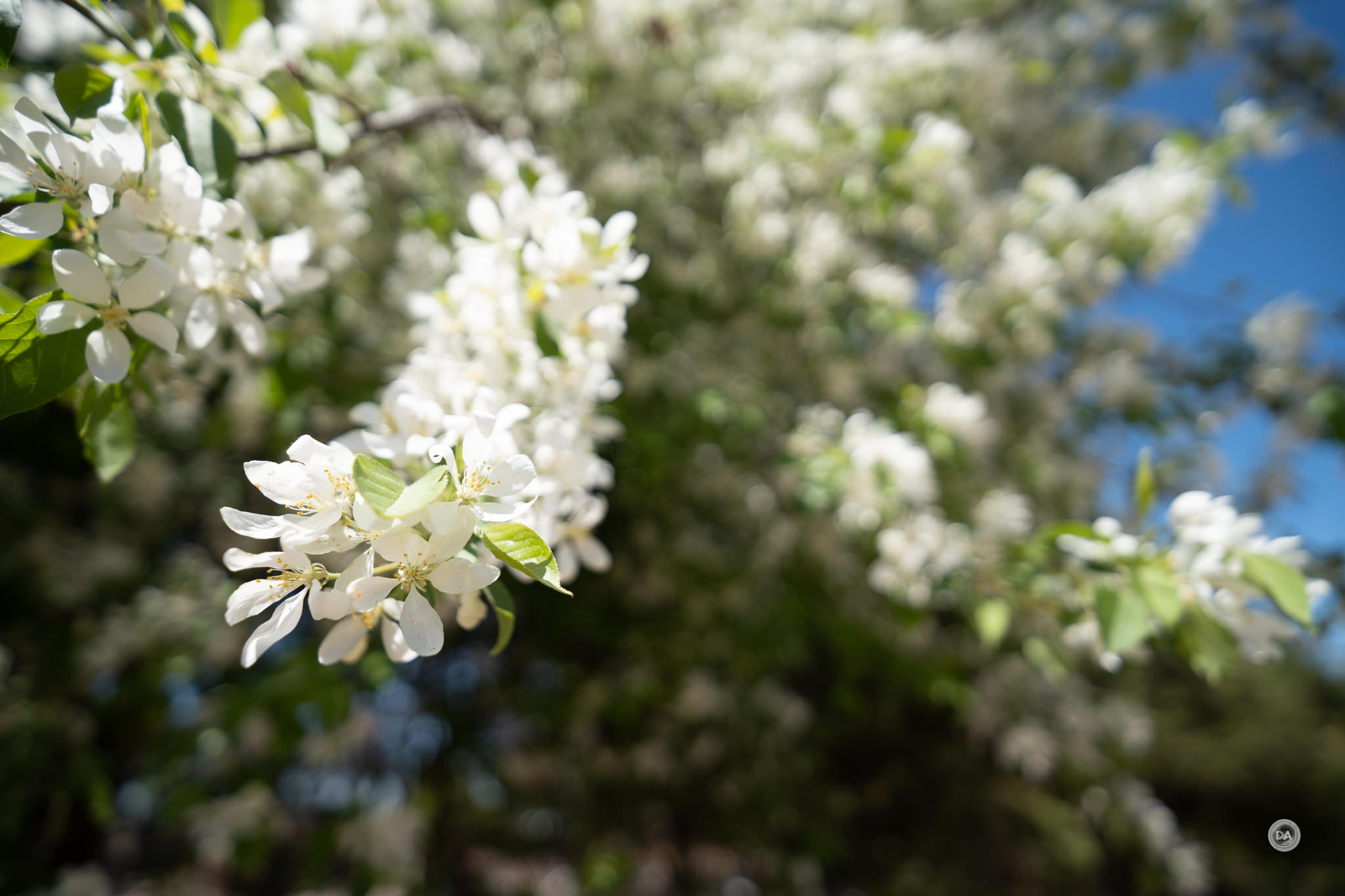
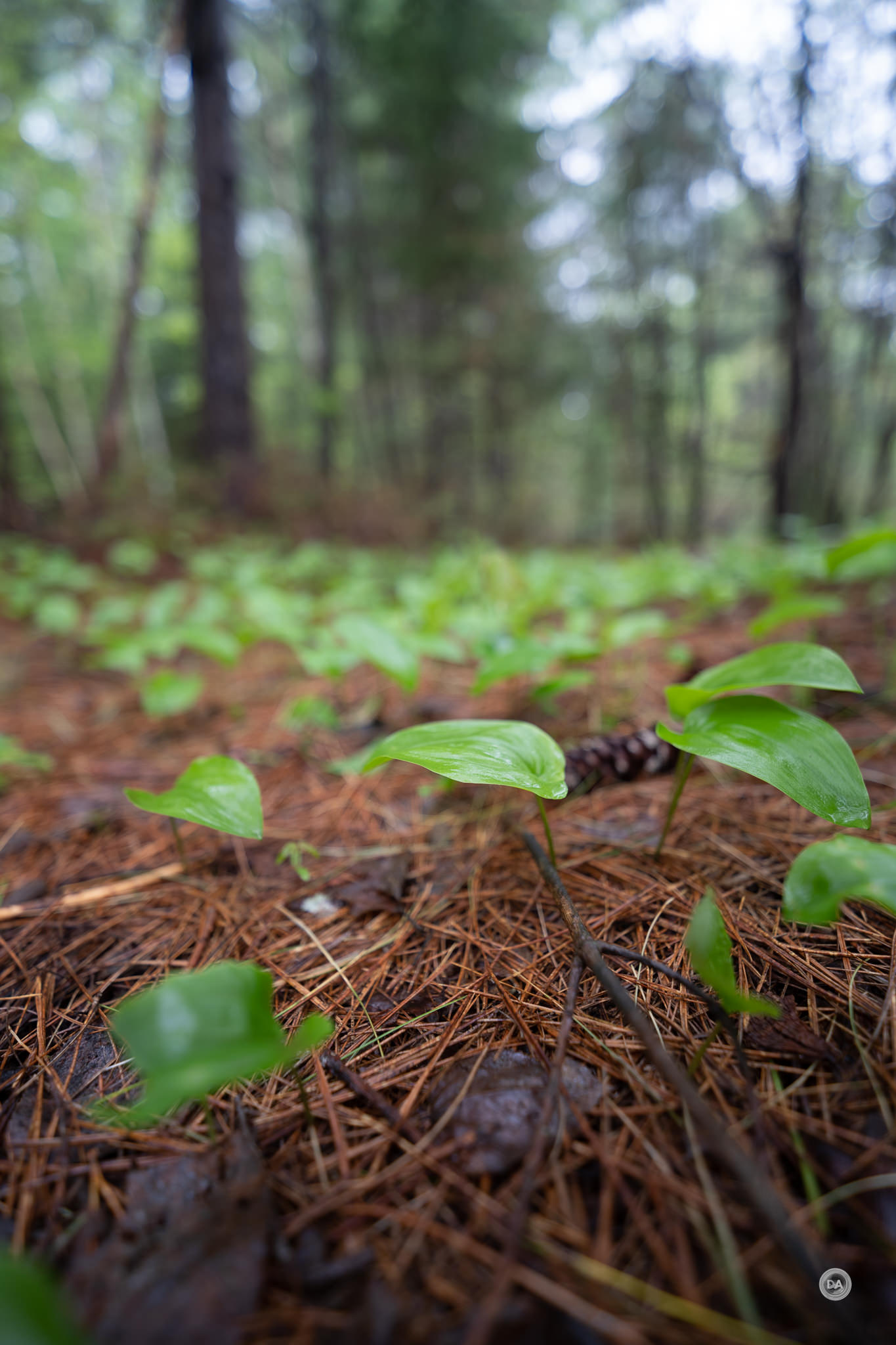
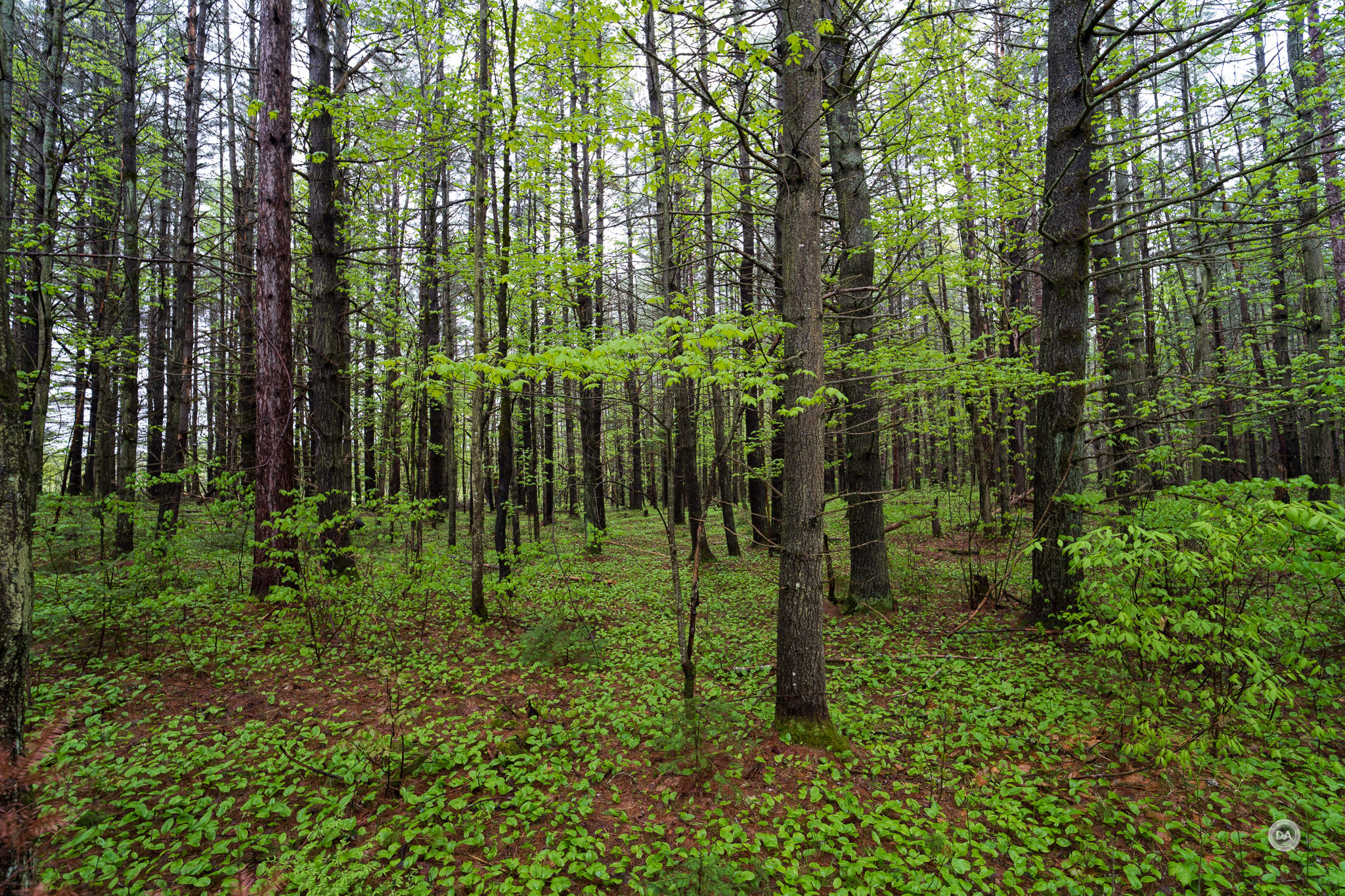

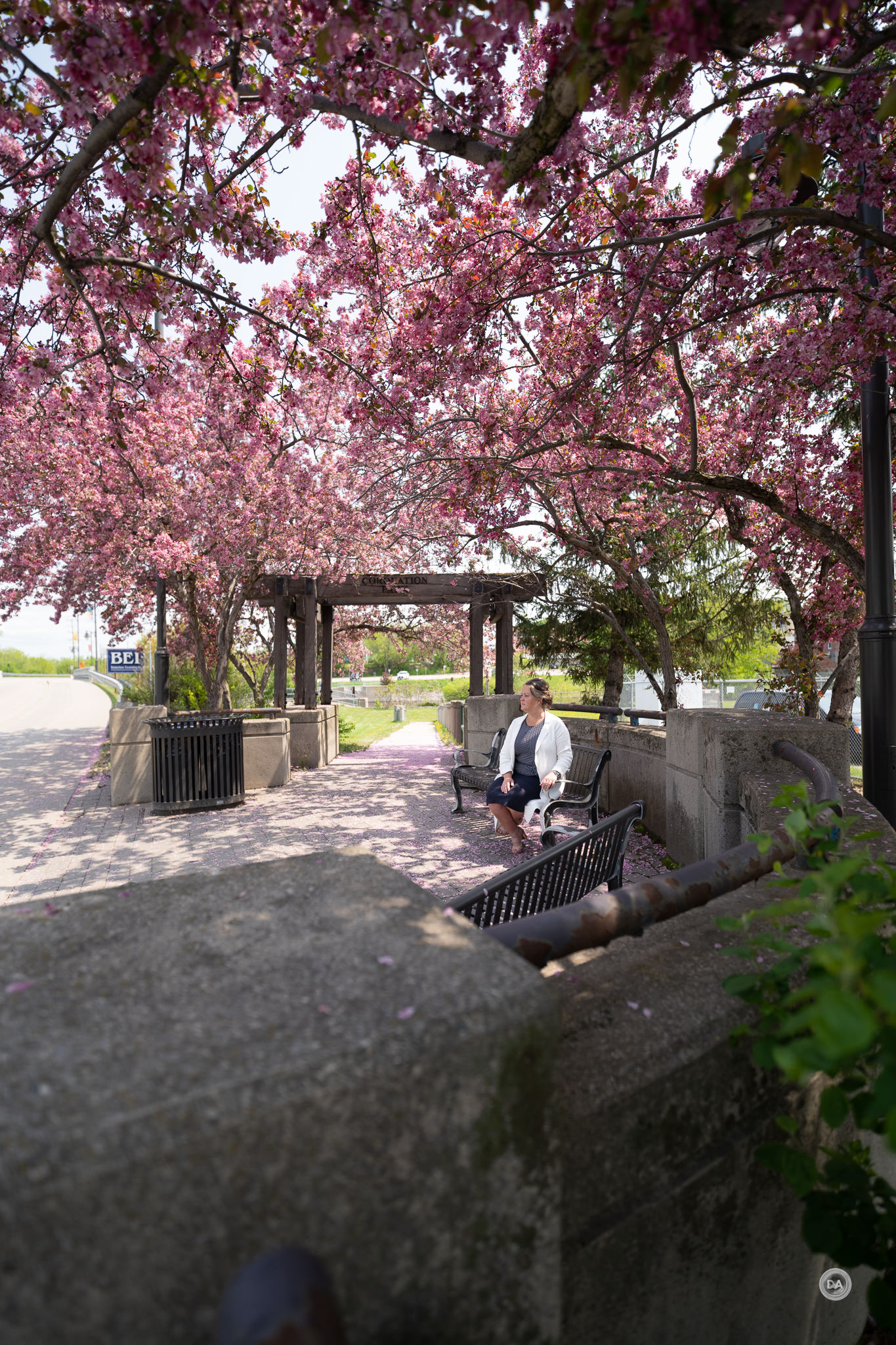

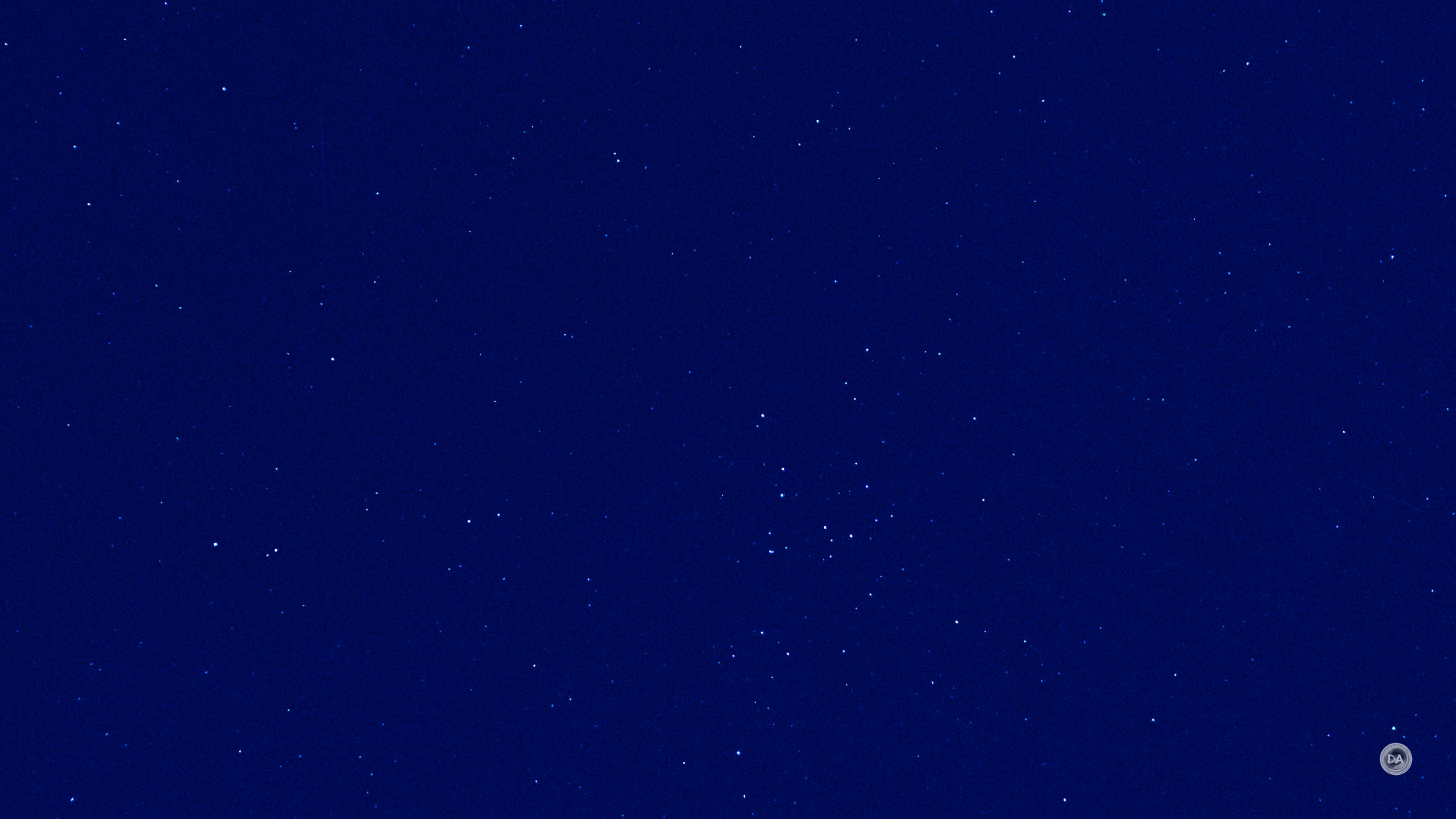
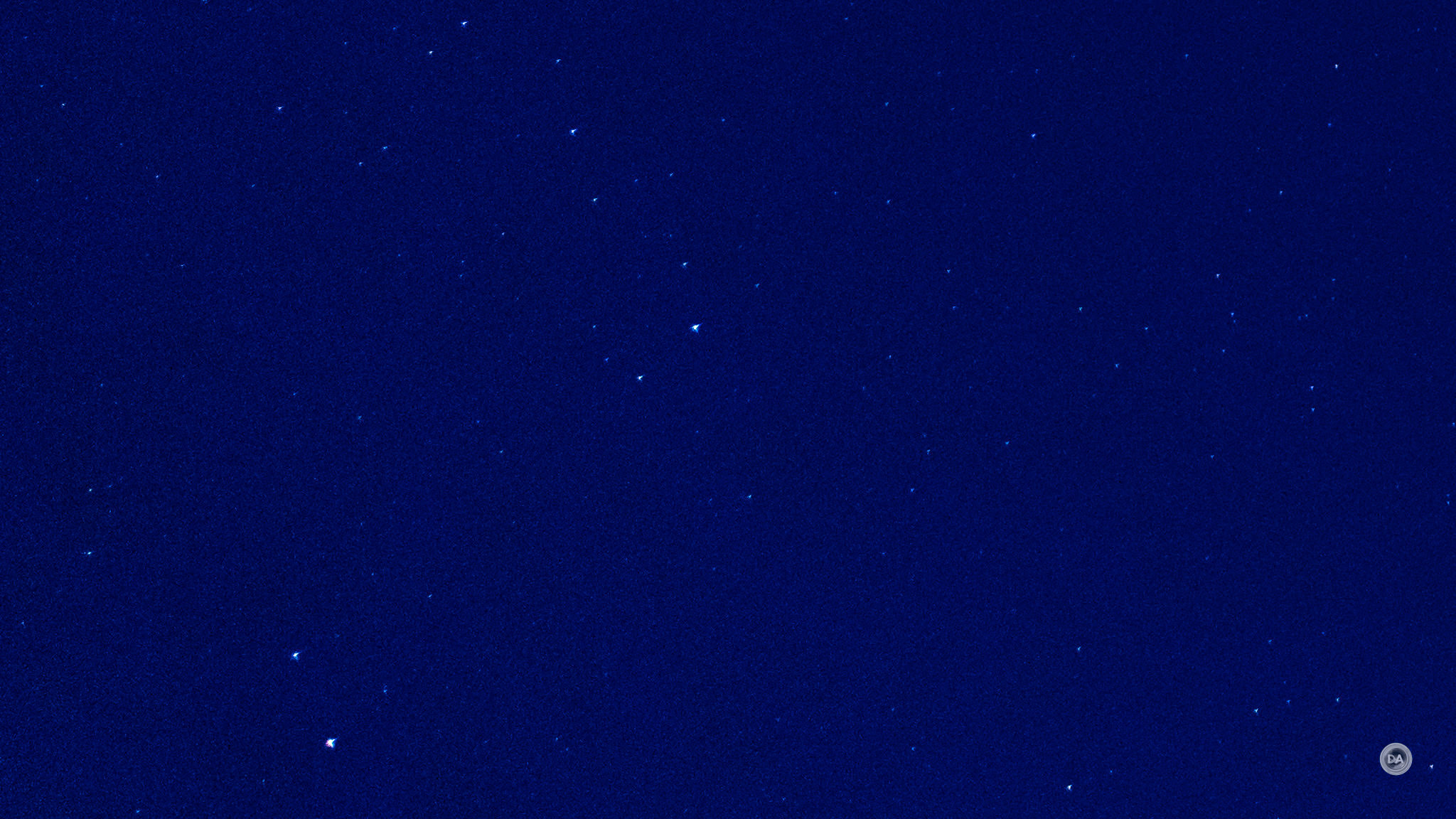






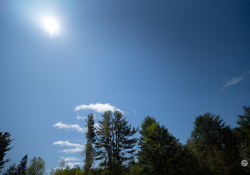
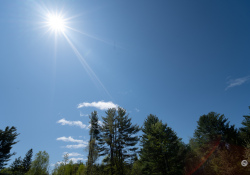







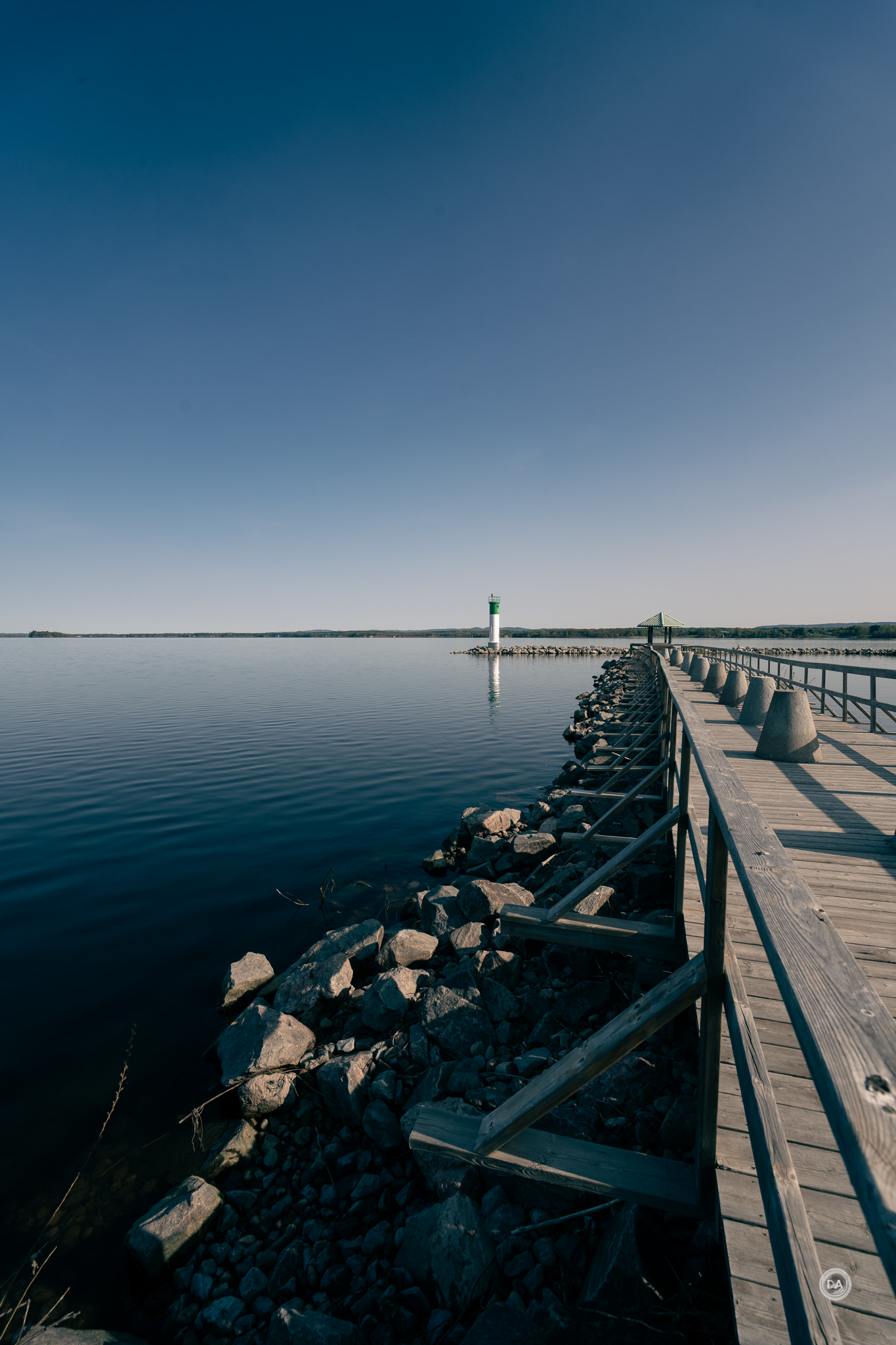




 Viltrox Pro AF 85mm F1.4 FE Gallery
Viltrox Pro AF 85mm F1.4 FE Gallery  Viltrox AF 85mm F1.4 PRO FE Review
Viltrox AF 85mm F1.4 PRO FE Review  Yongnuo YN 35mm F1.8 ART Gallery
Yongnuo YN 35mm F1.8 ART Gallery  Yongnuo YN 35mm F1.8 DA ART Review
Yongnuo YN 35mm F1.8 DA ART Review 



3 thoughts on “Viltrox AF 16mm F1.8 FE Review”